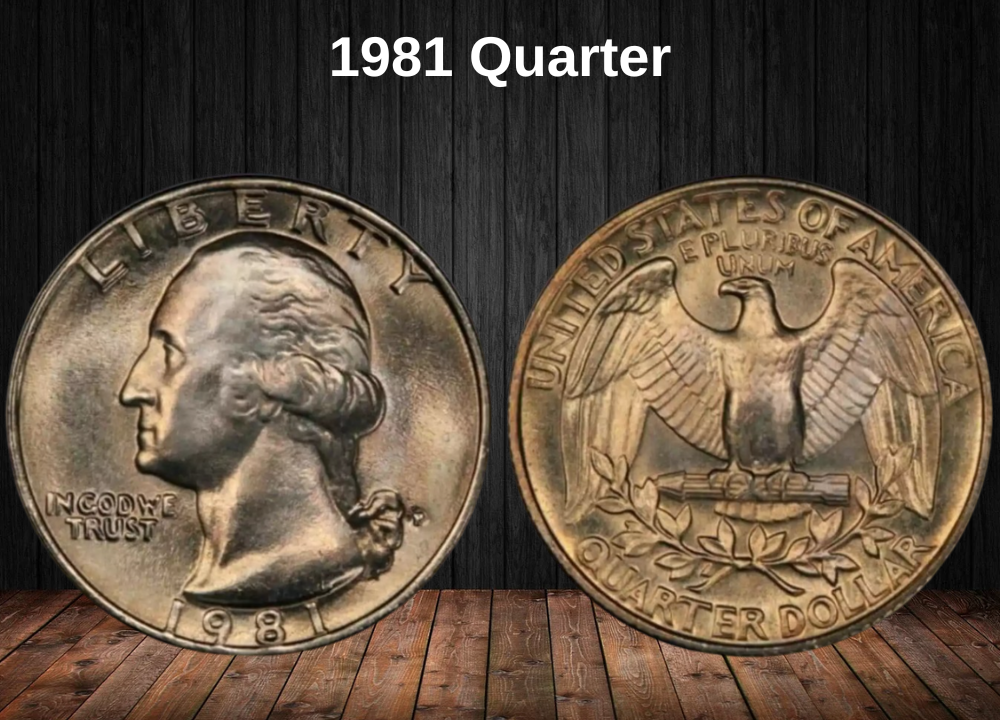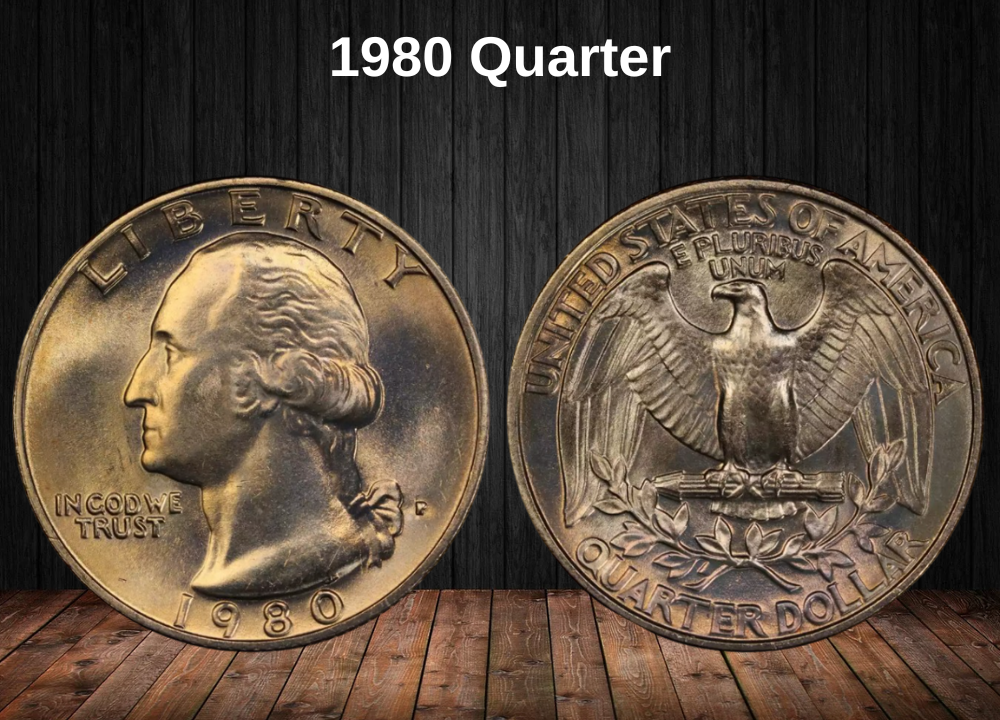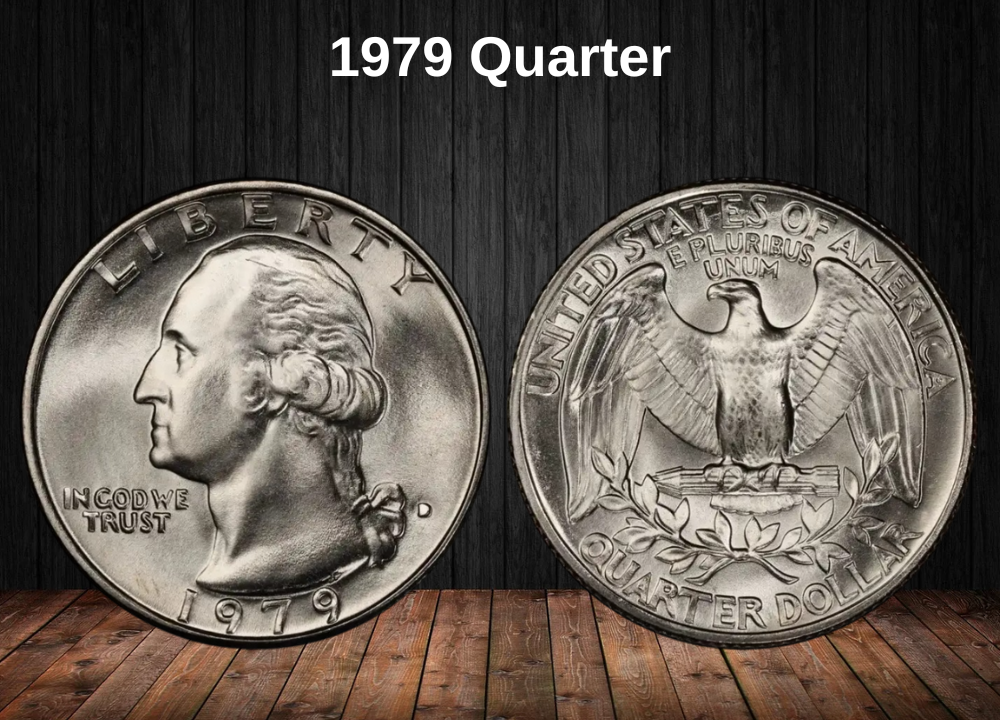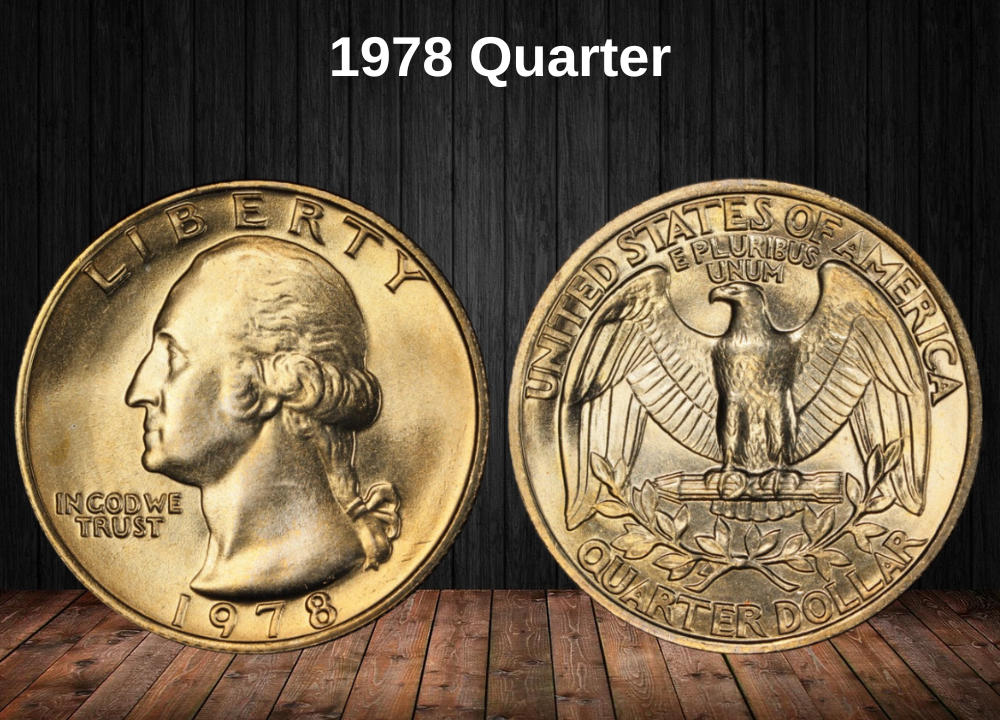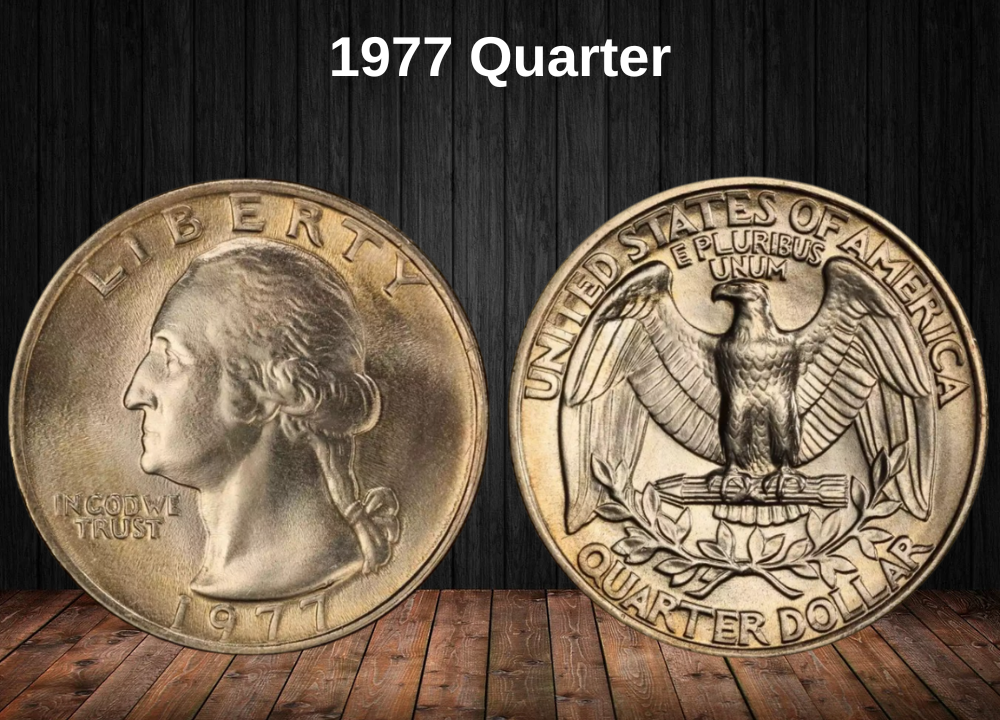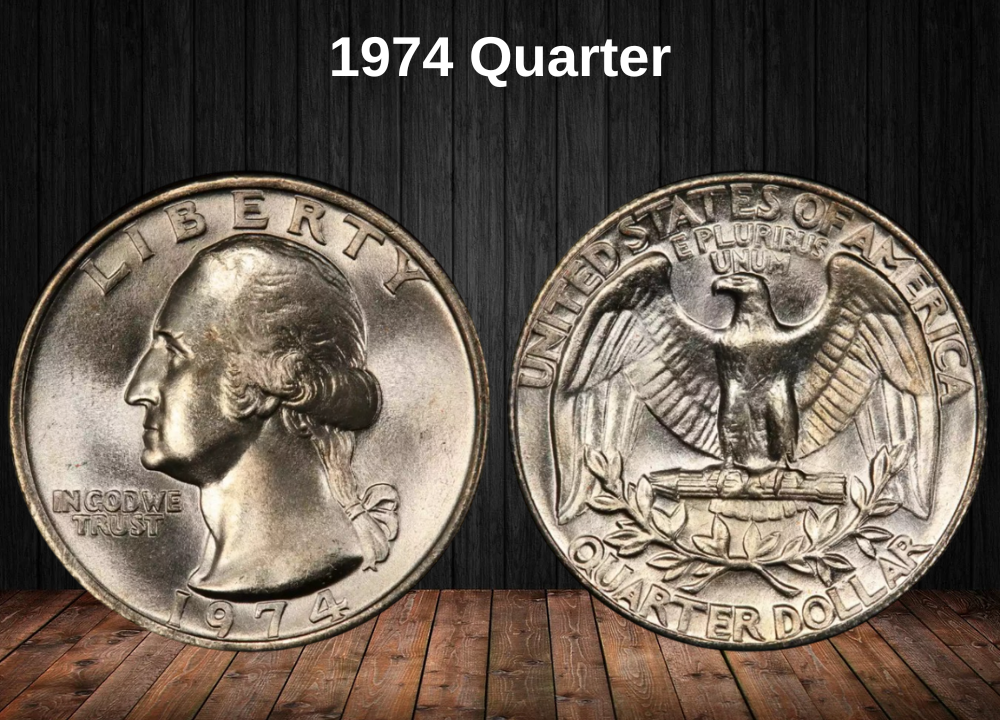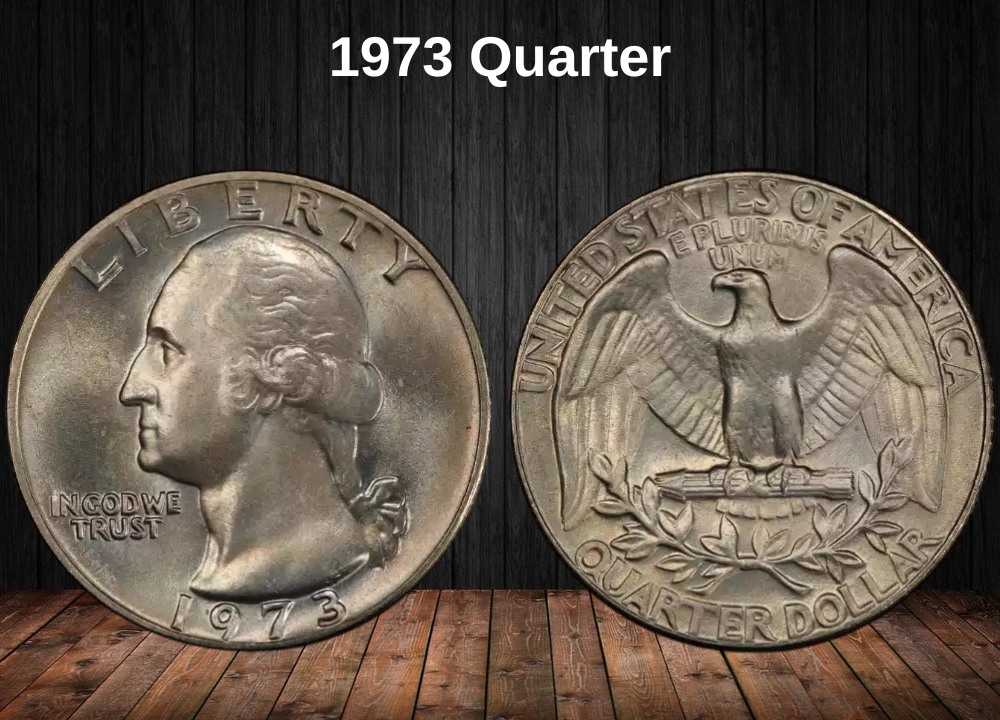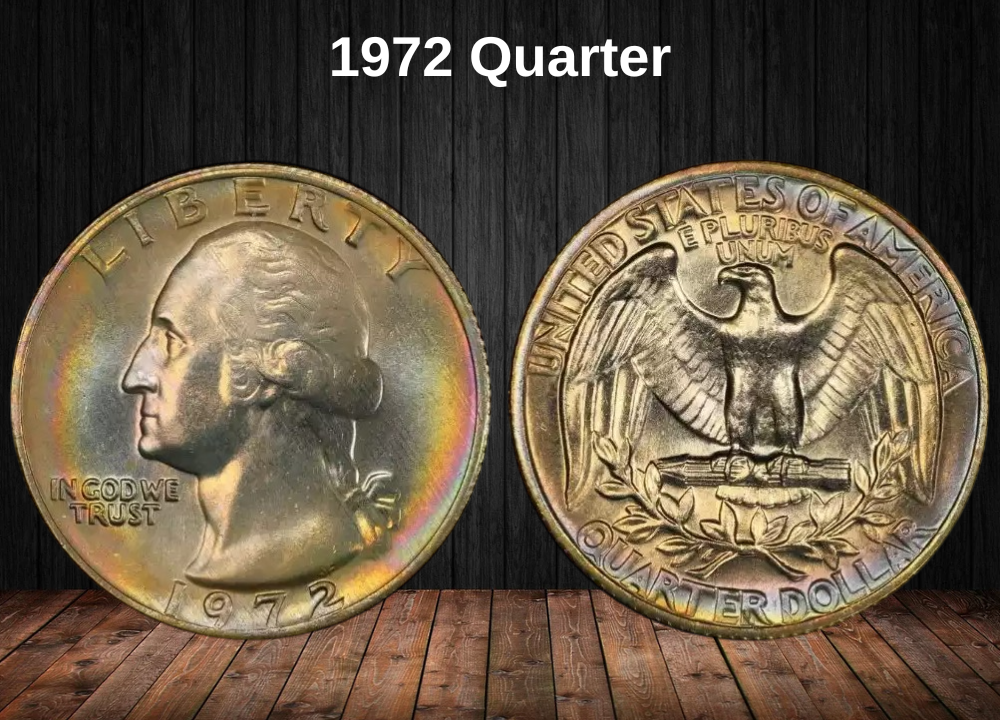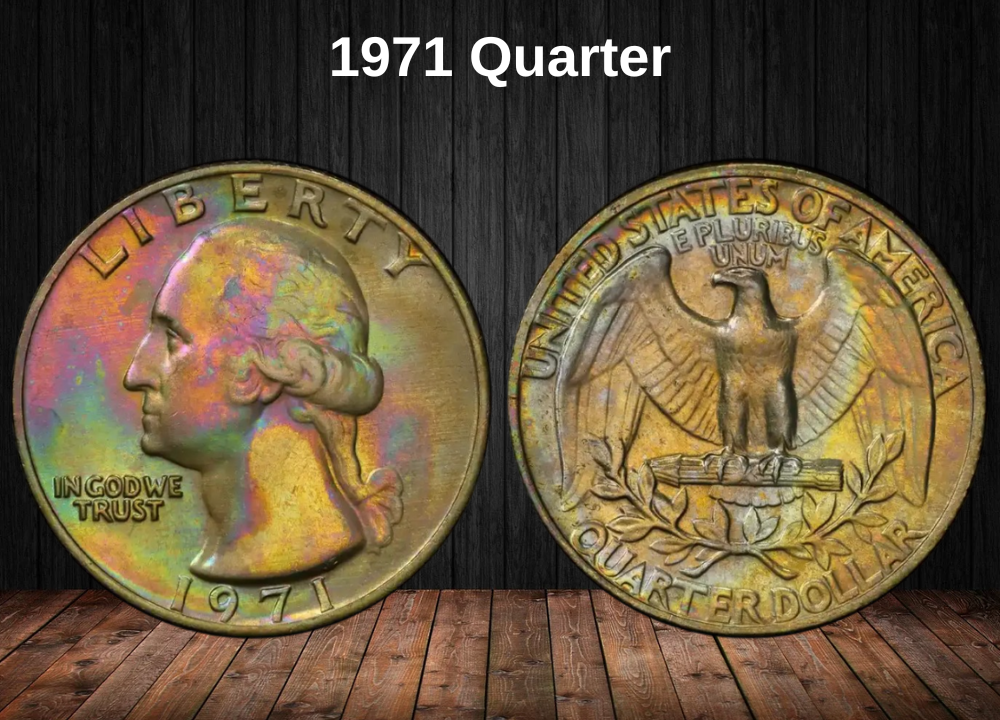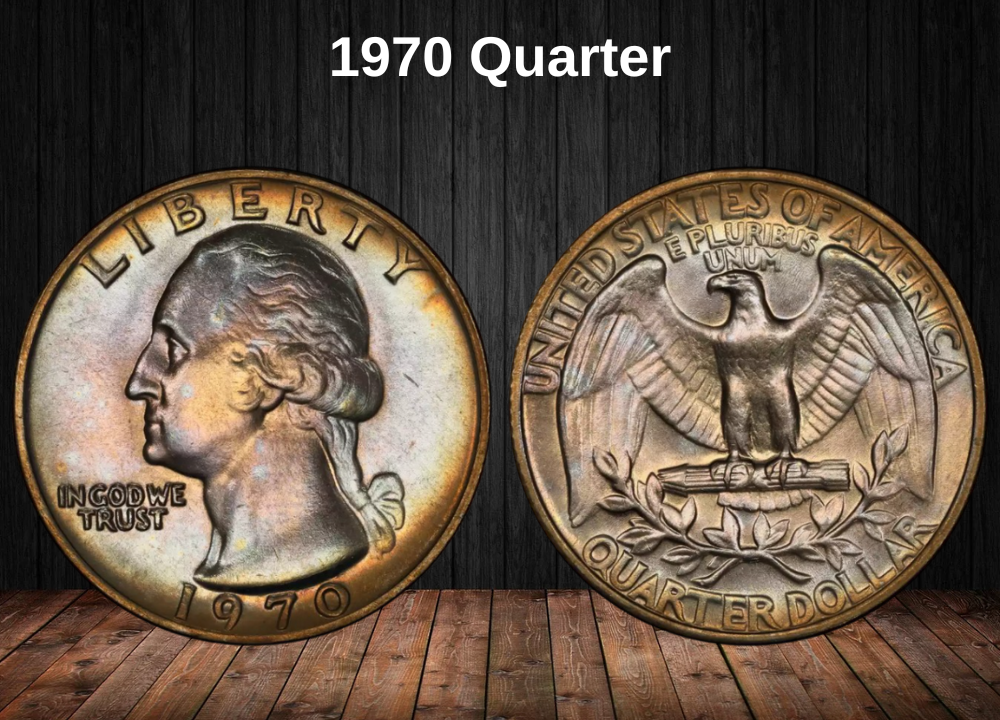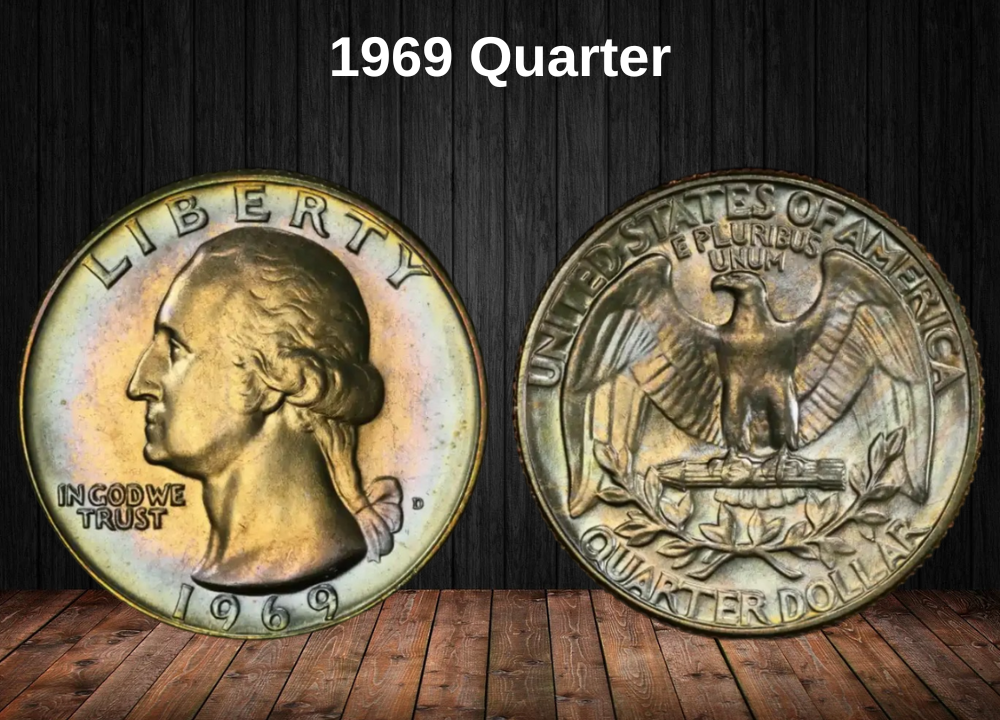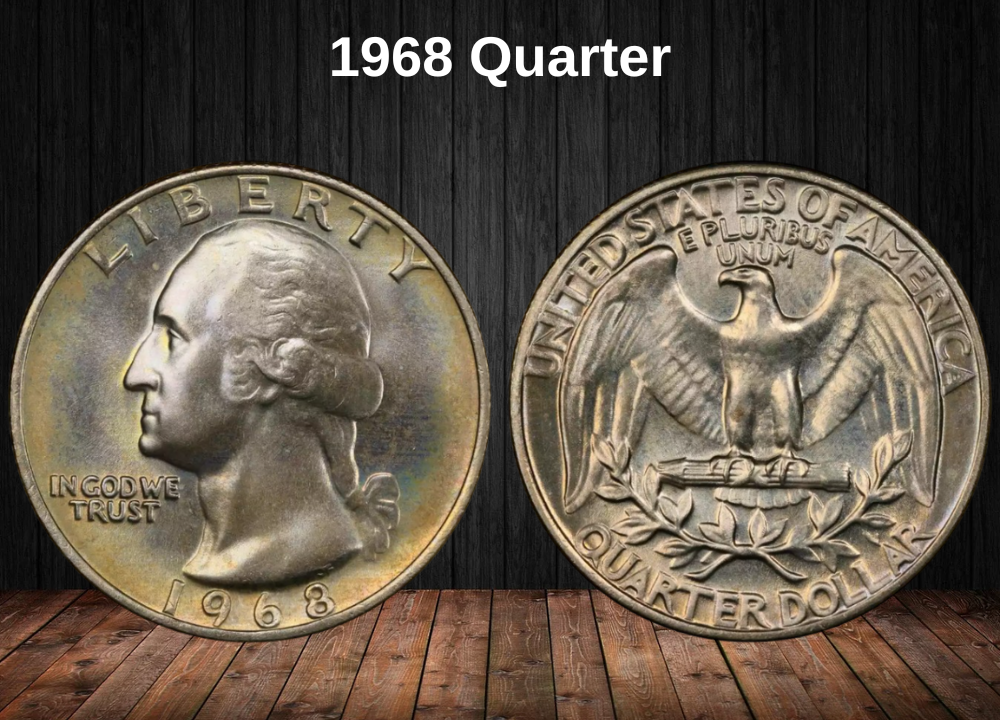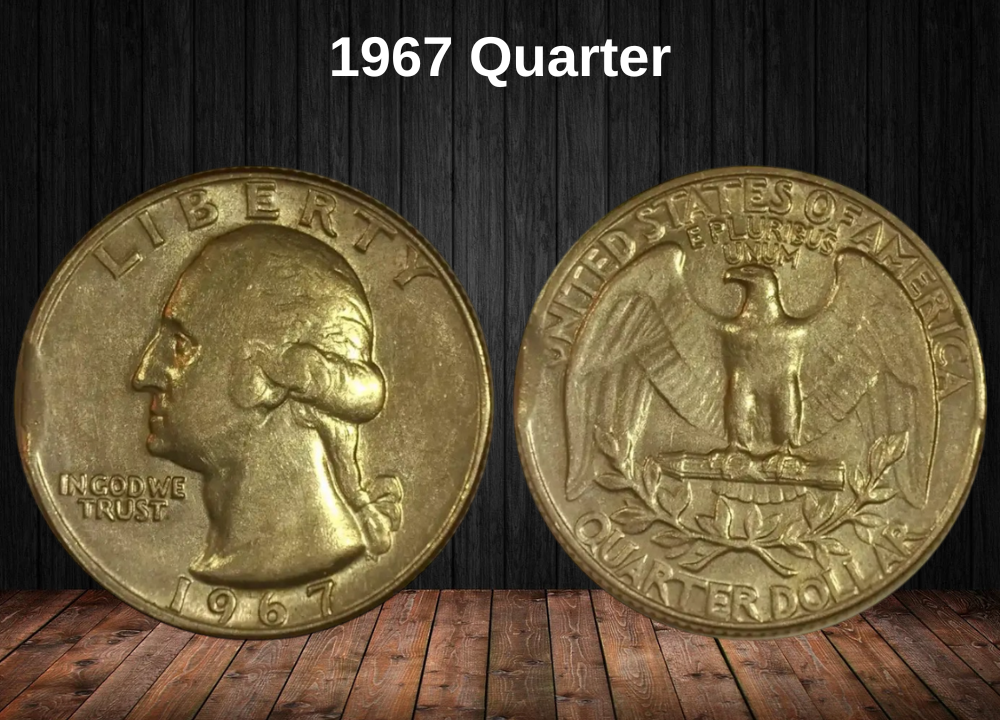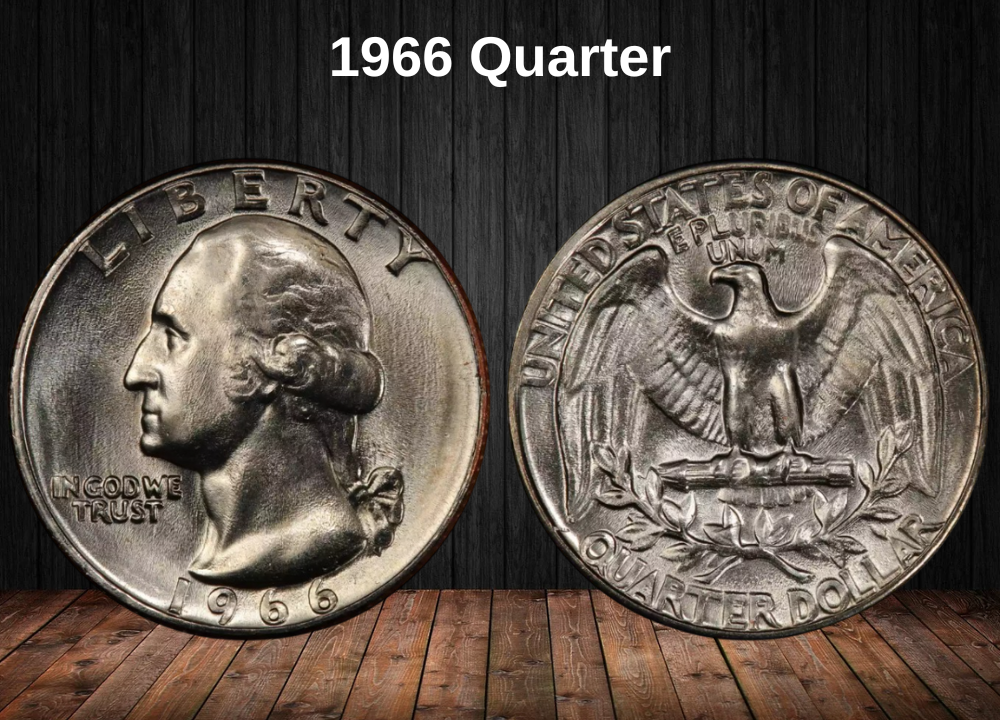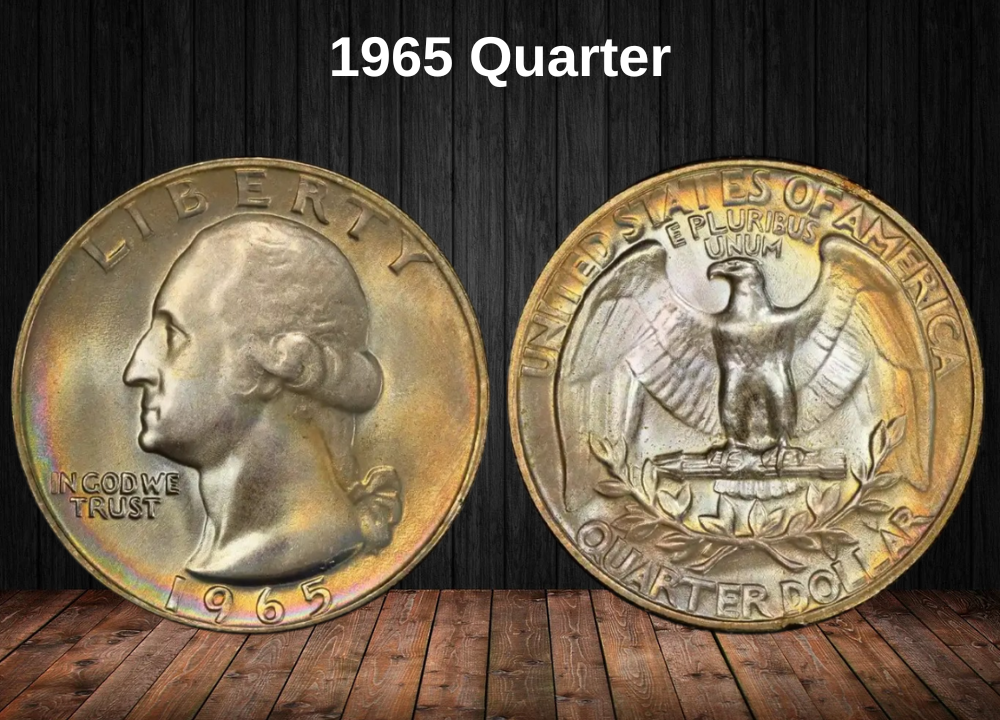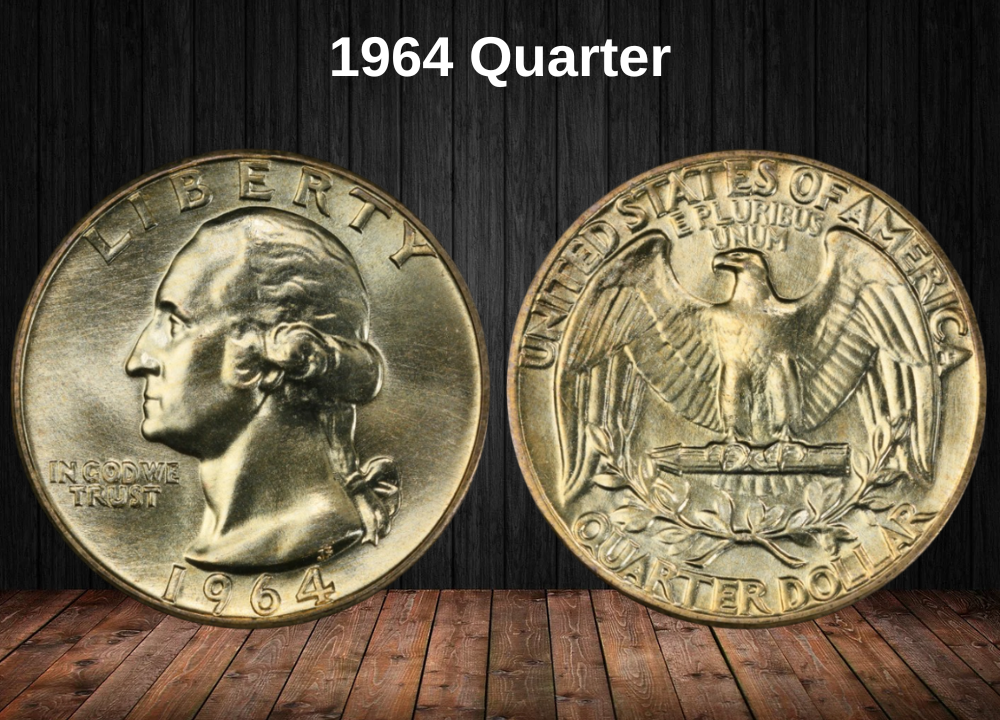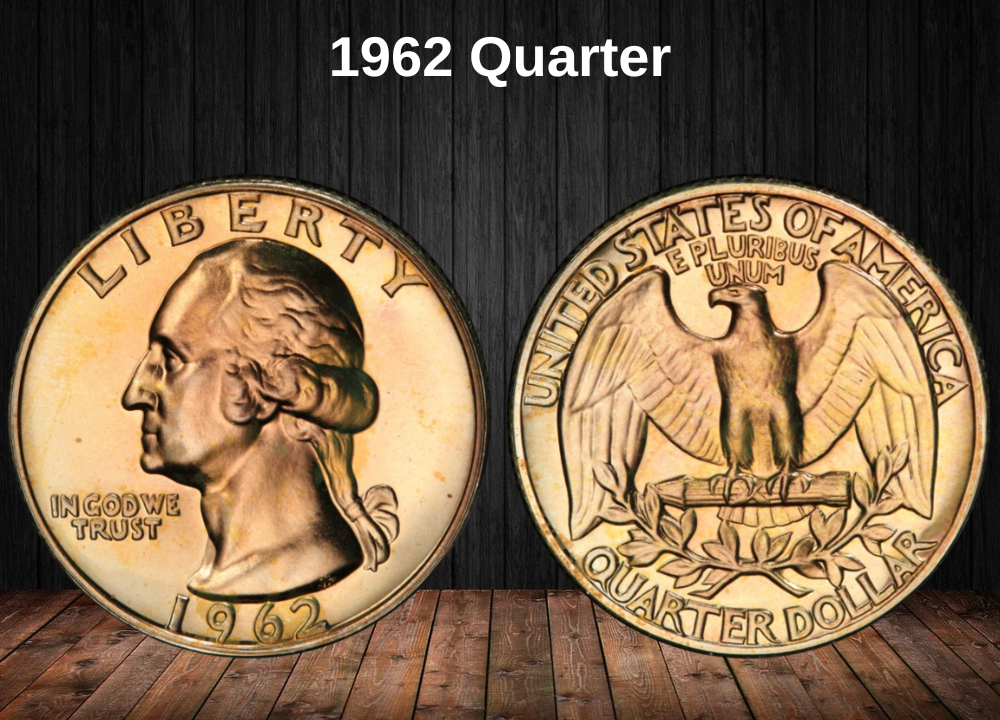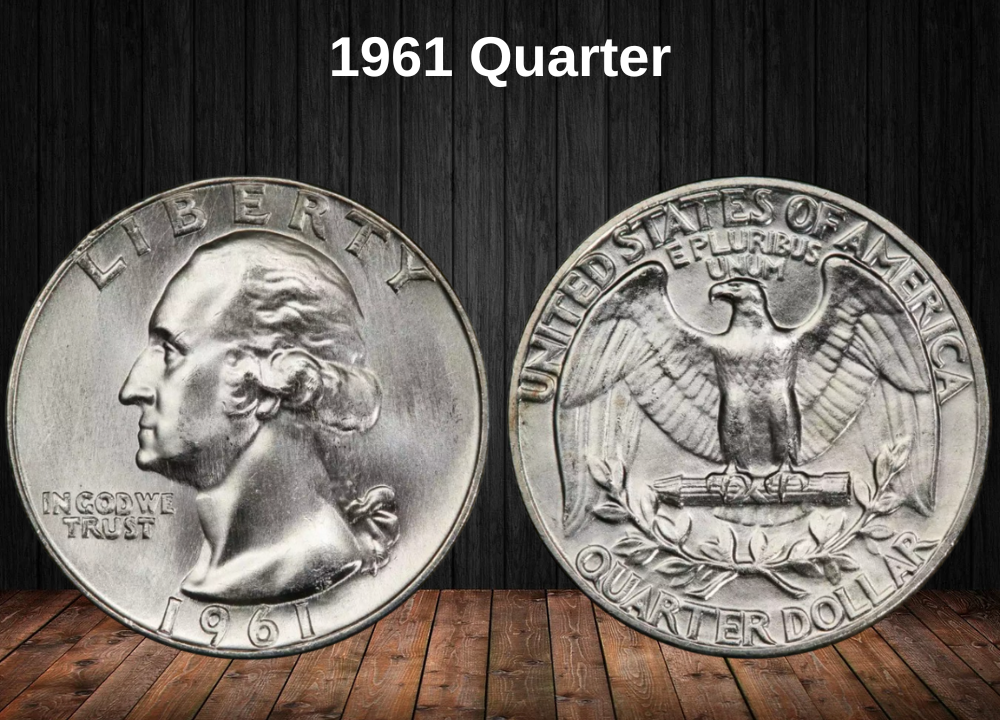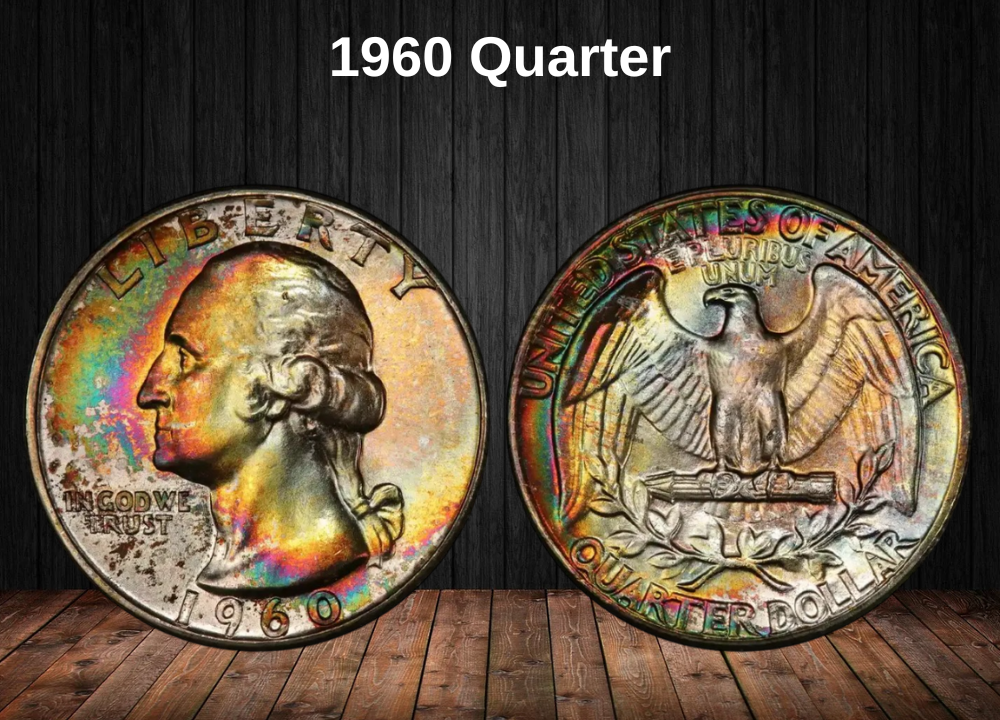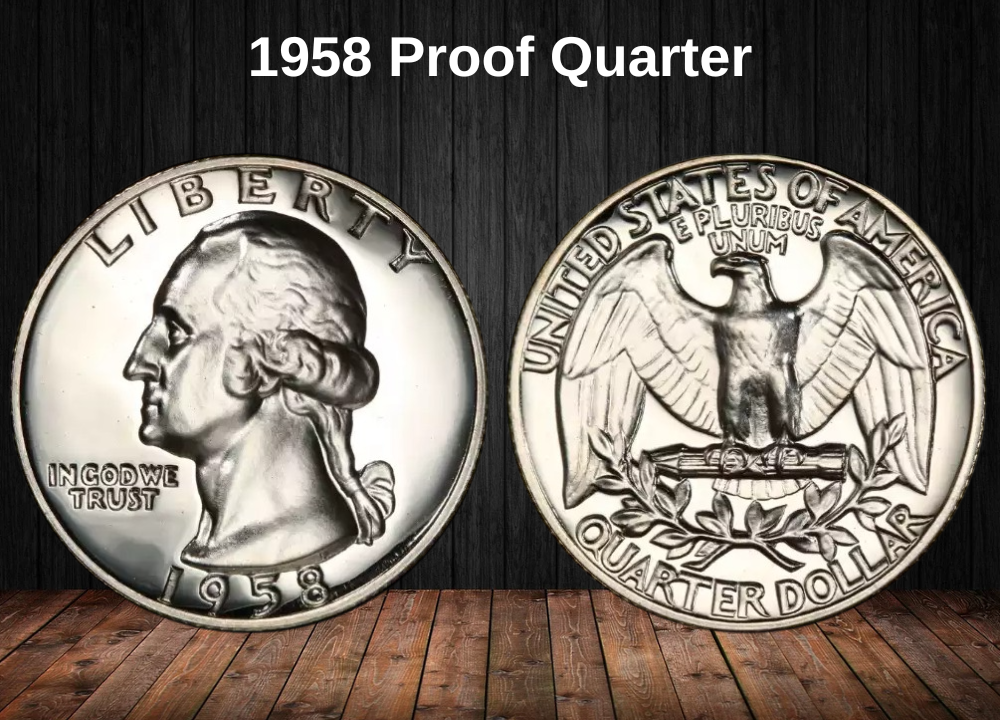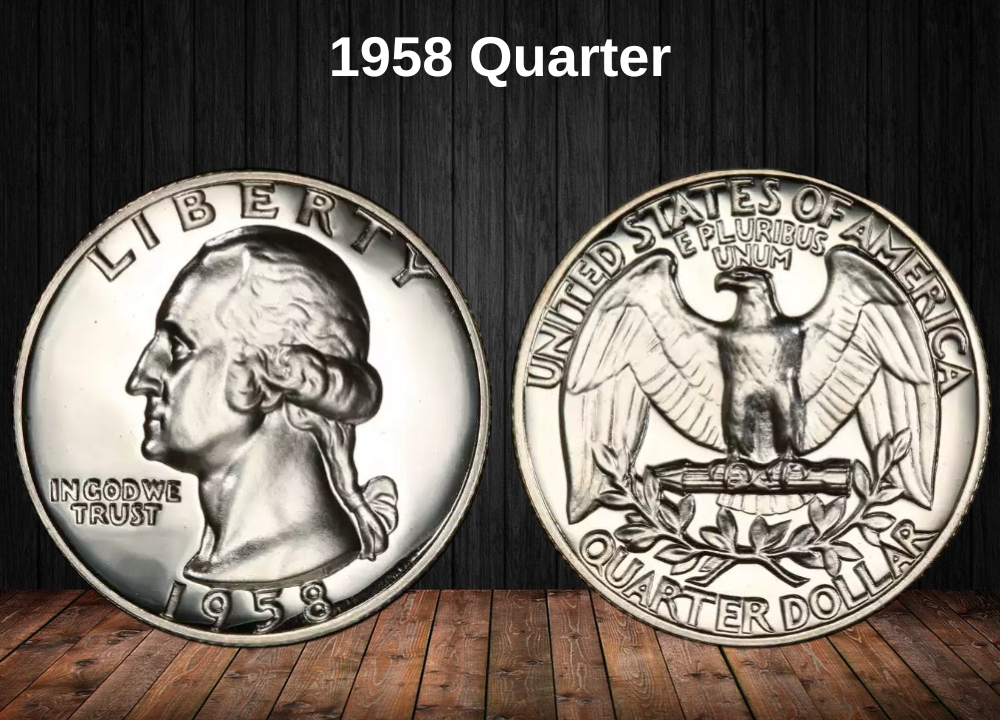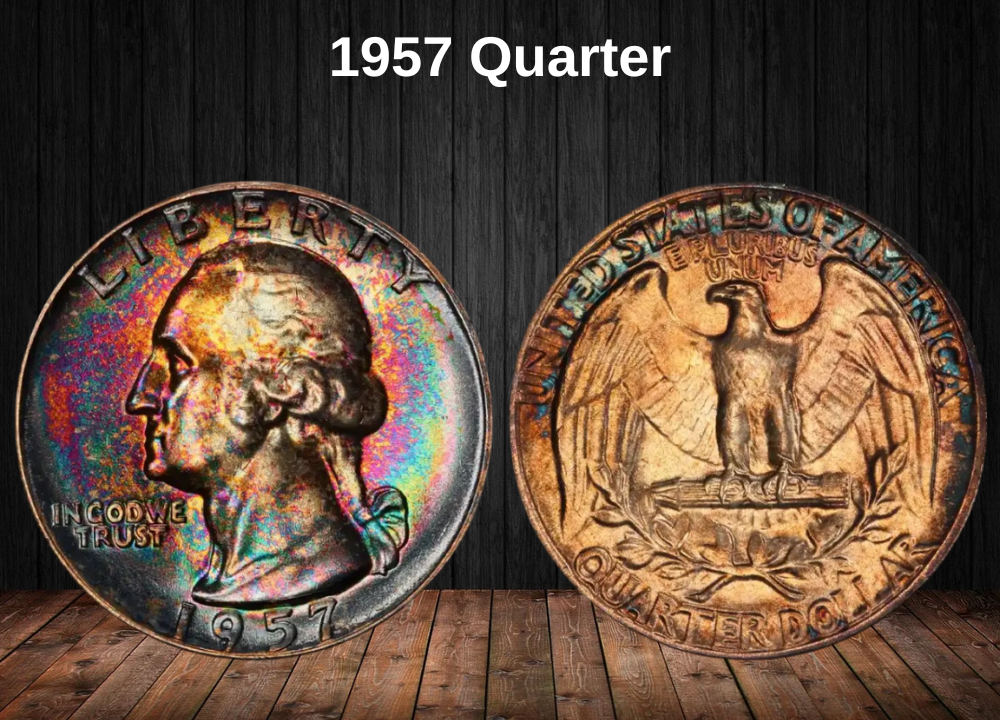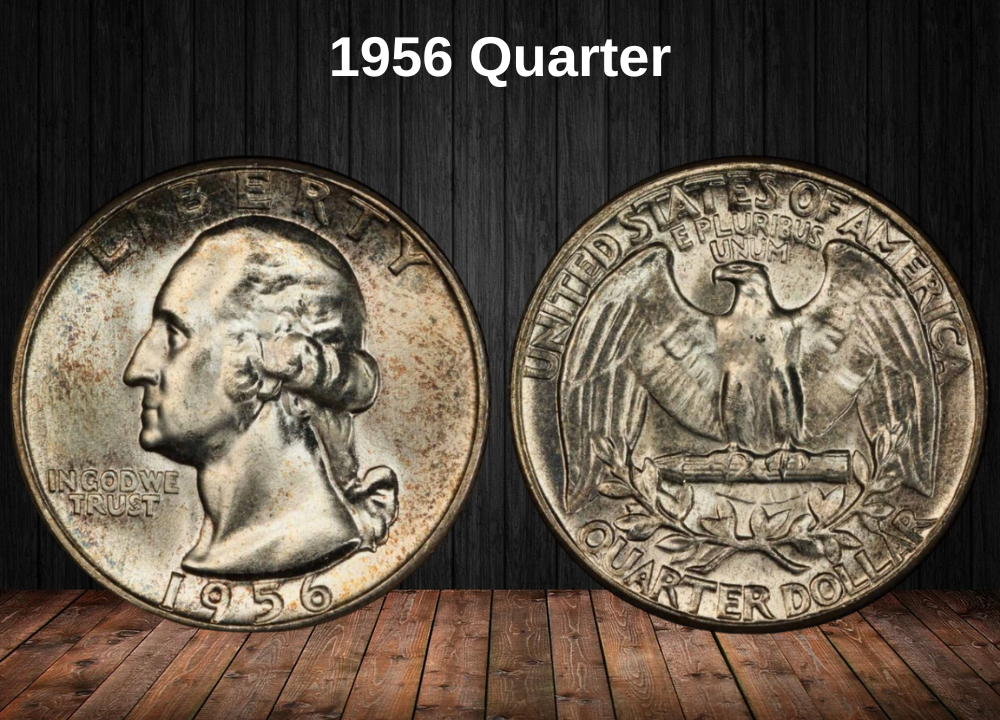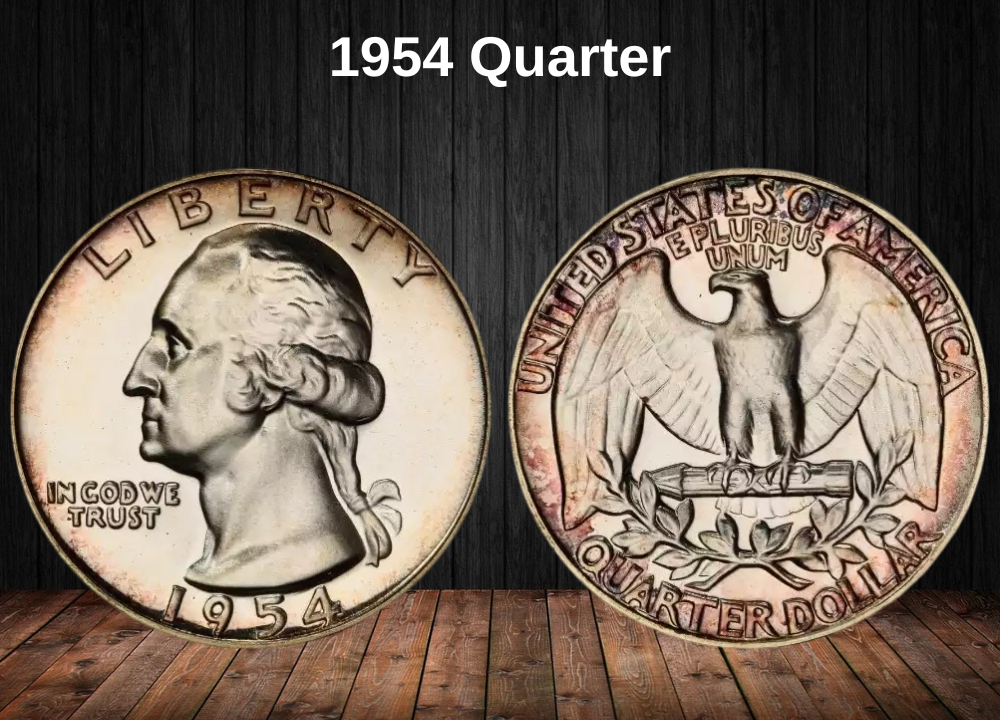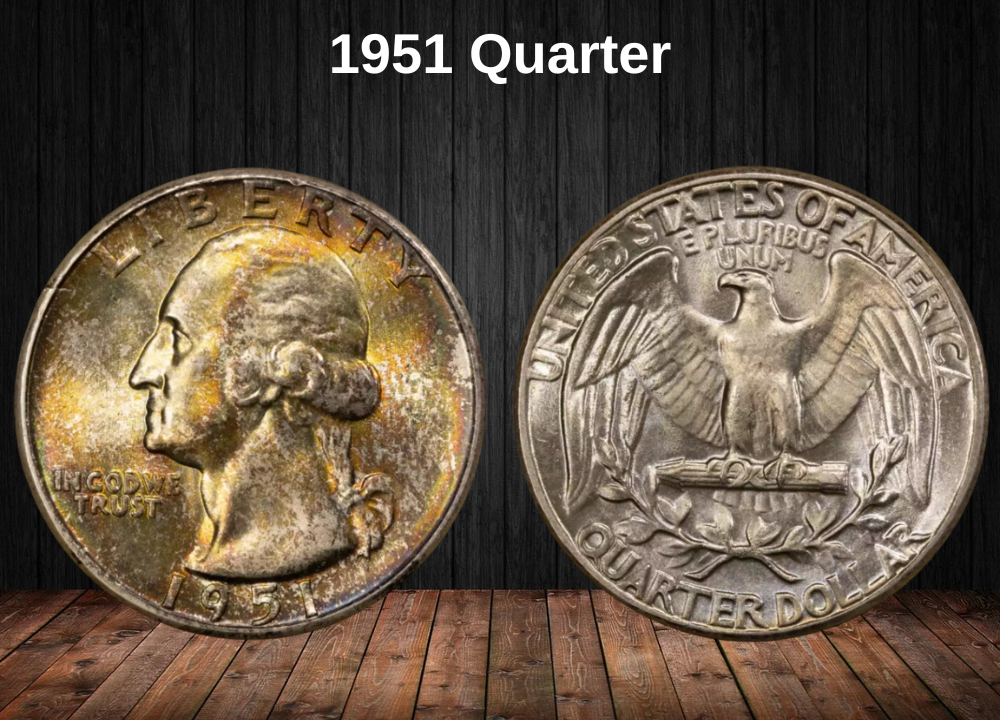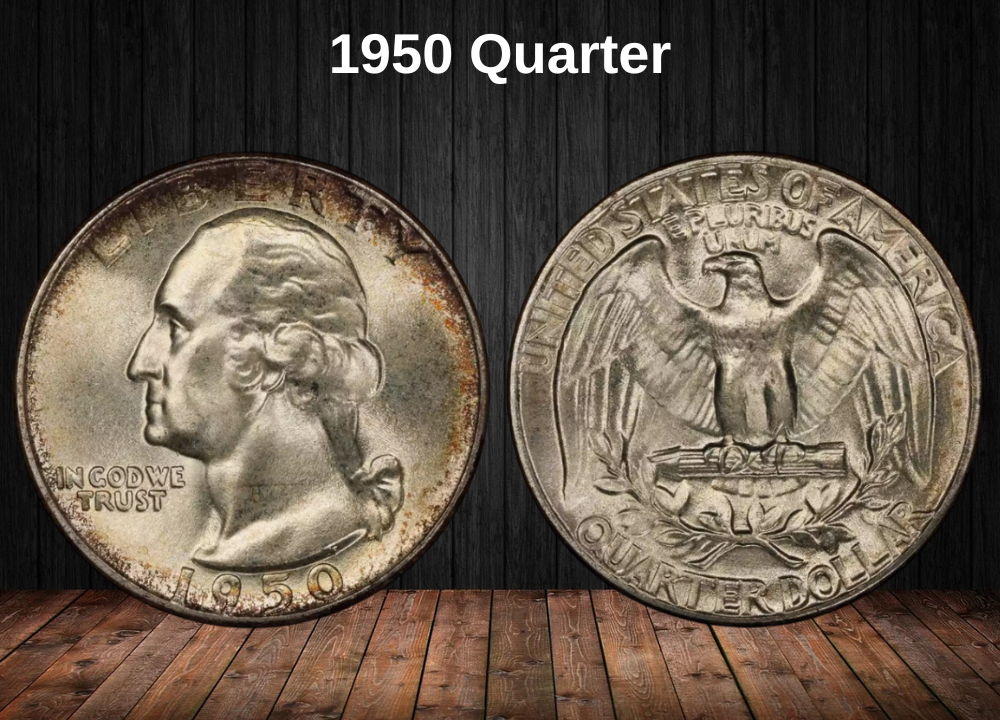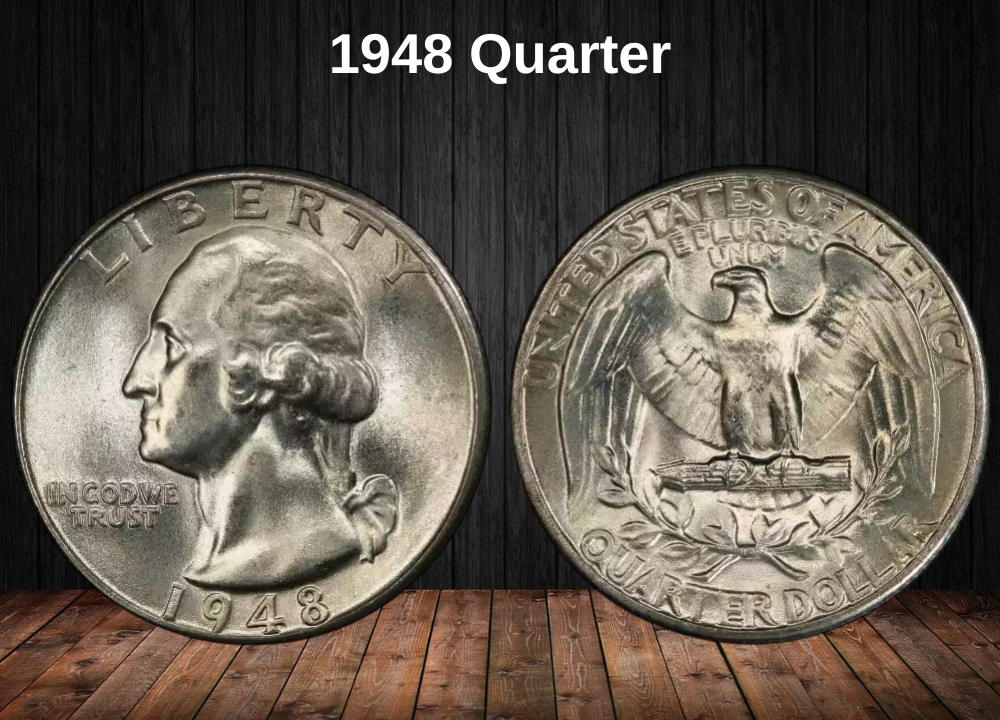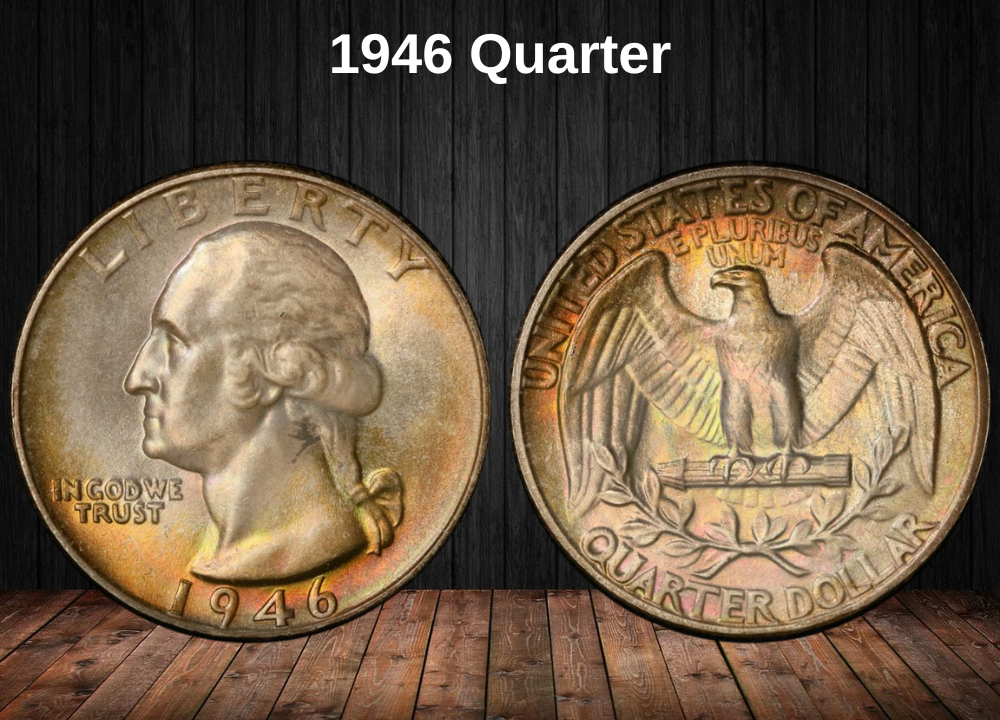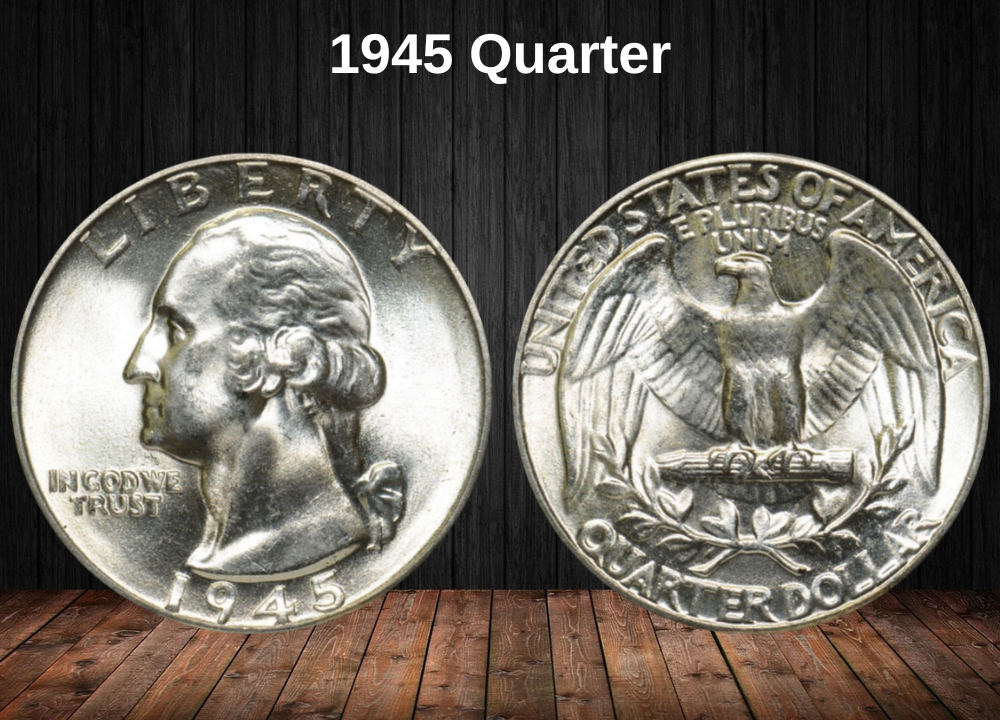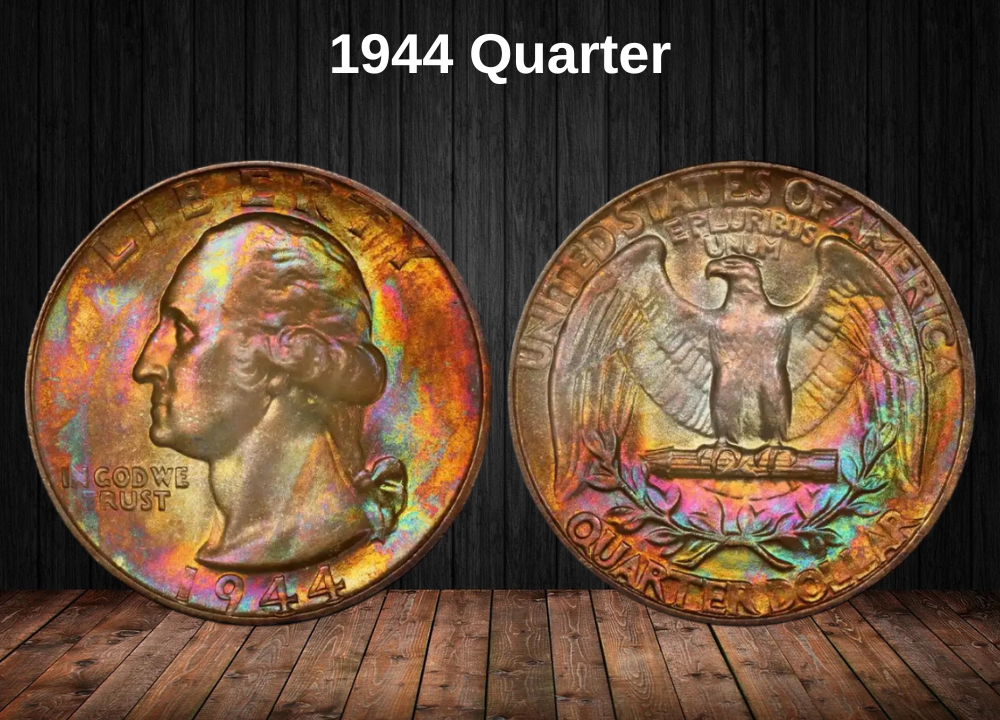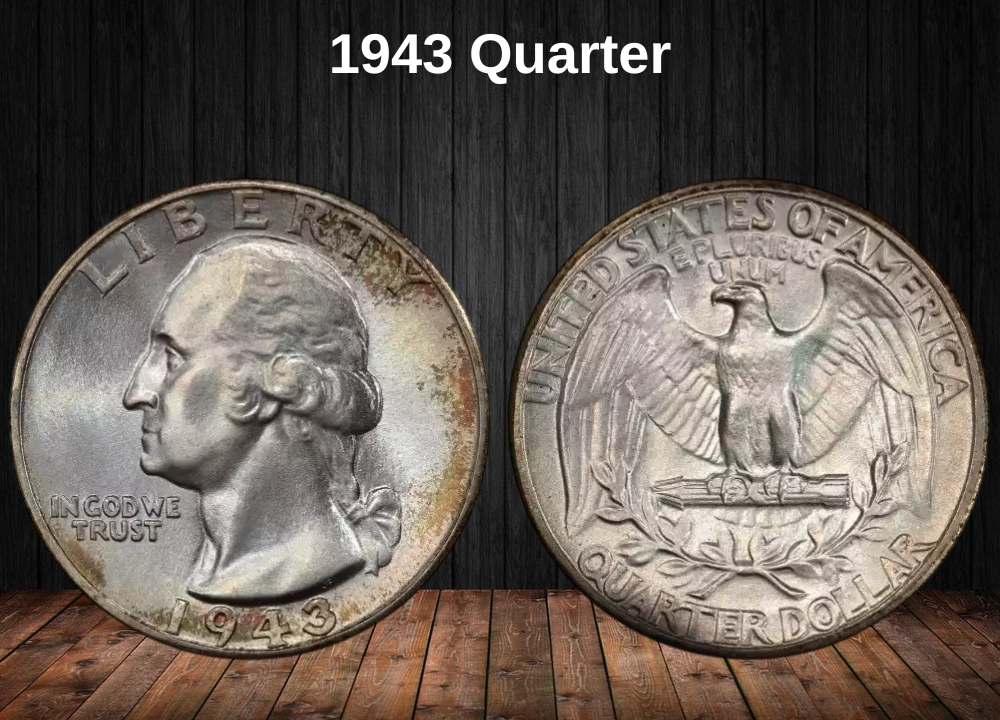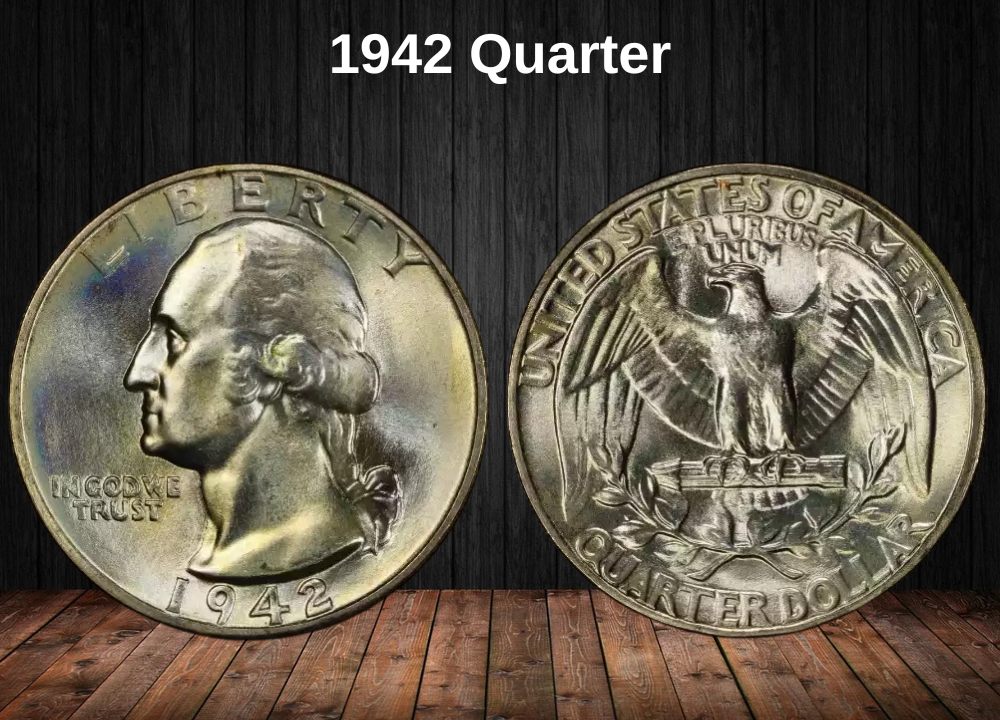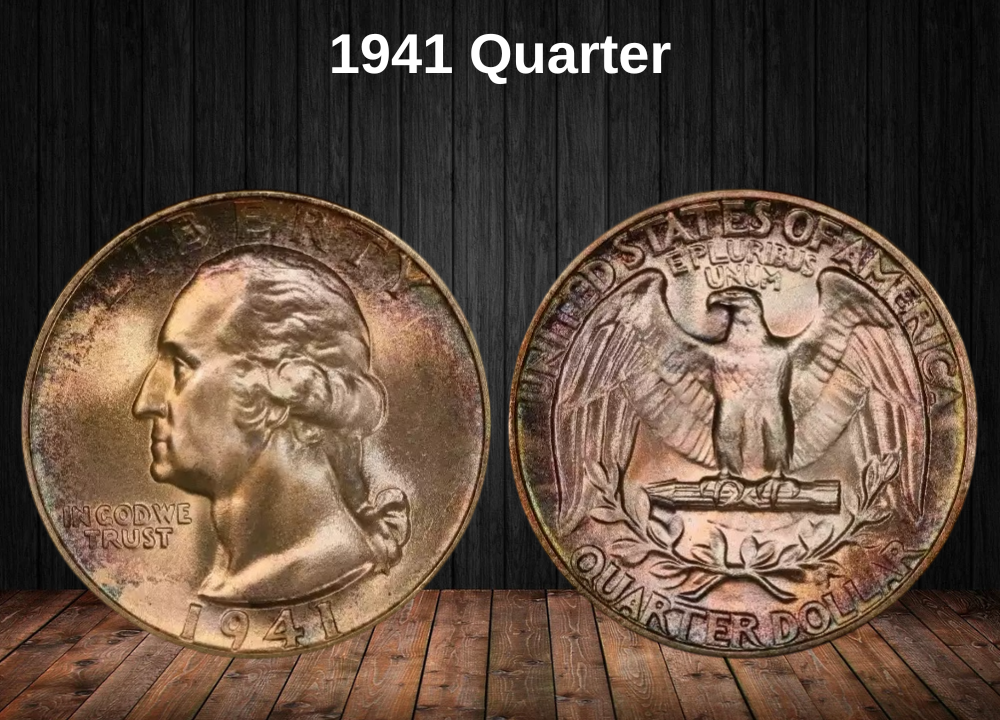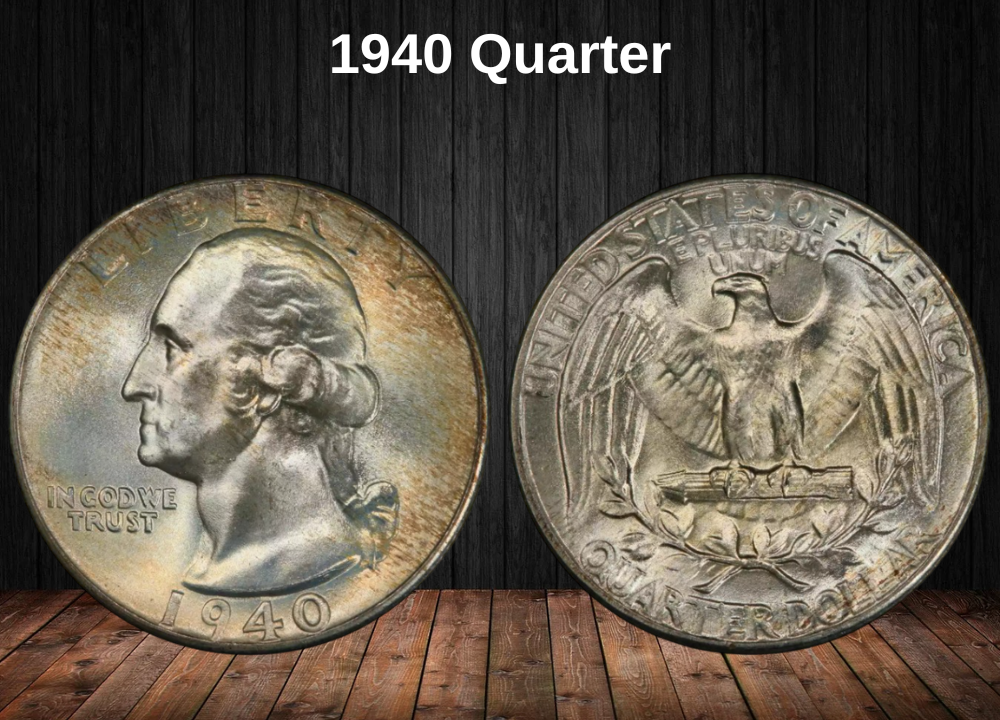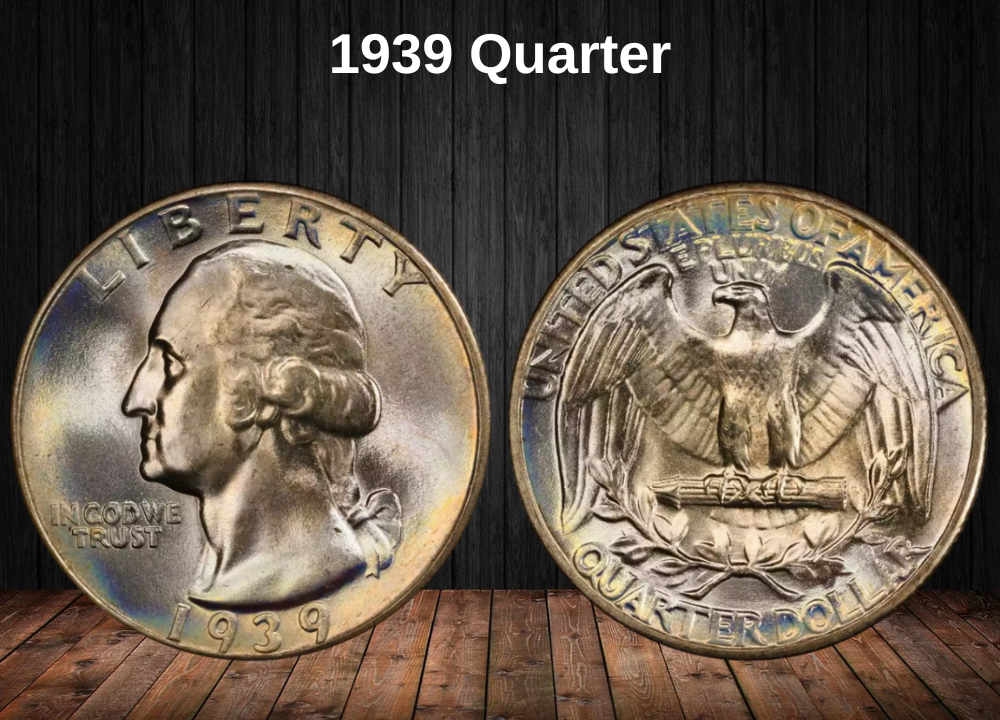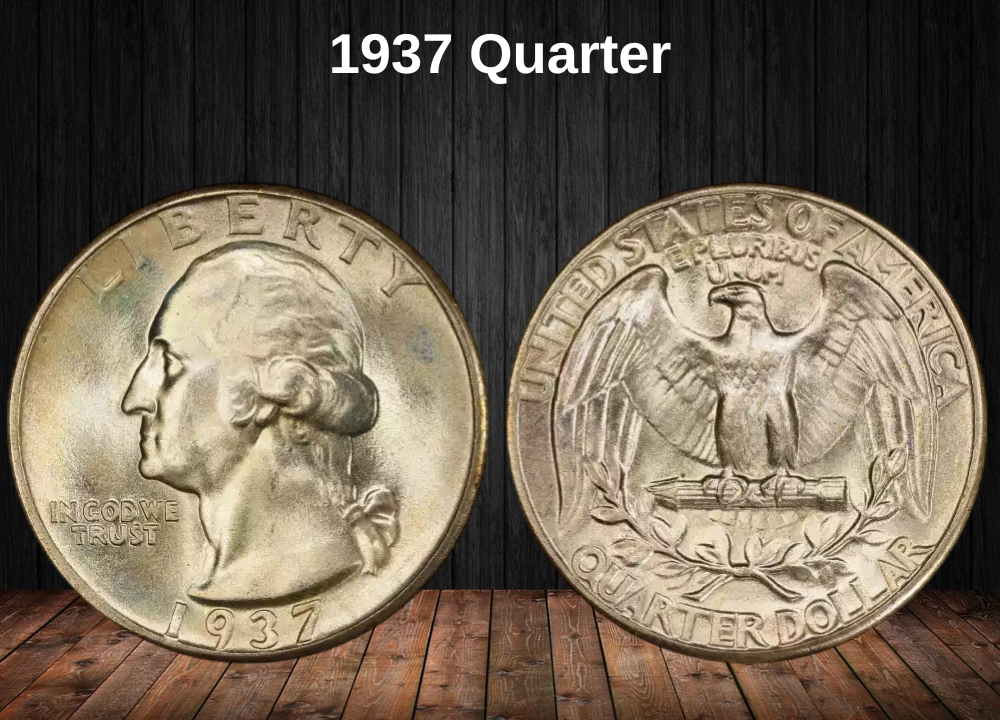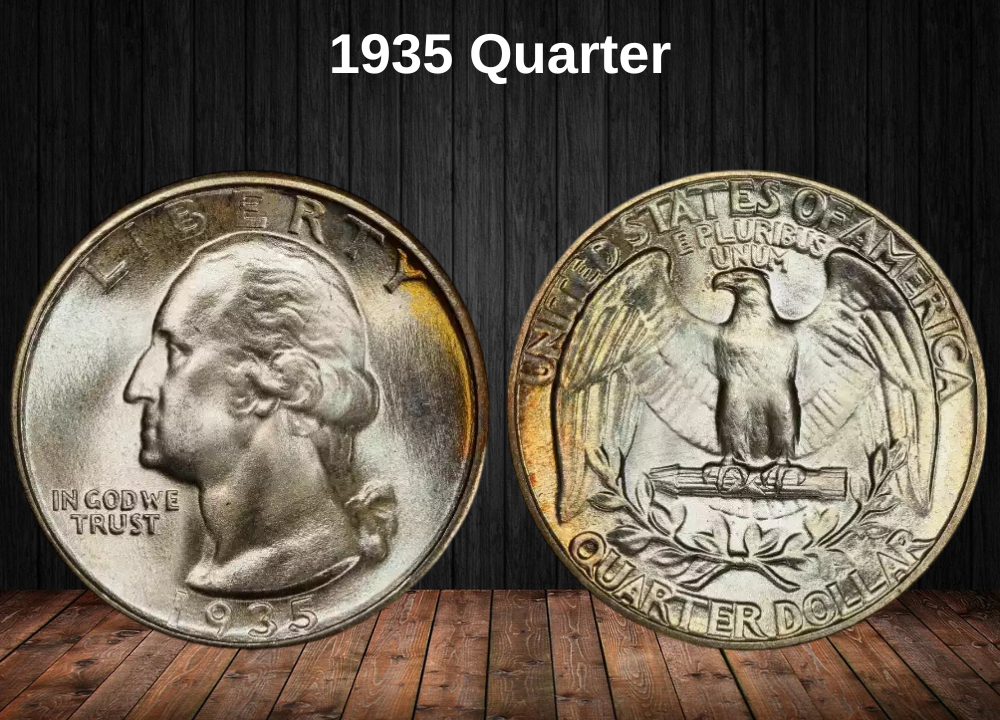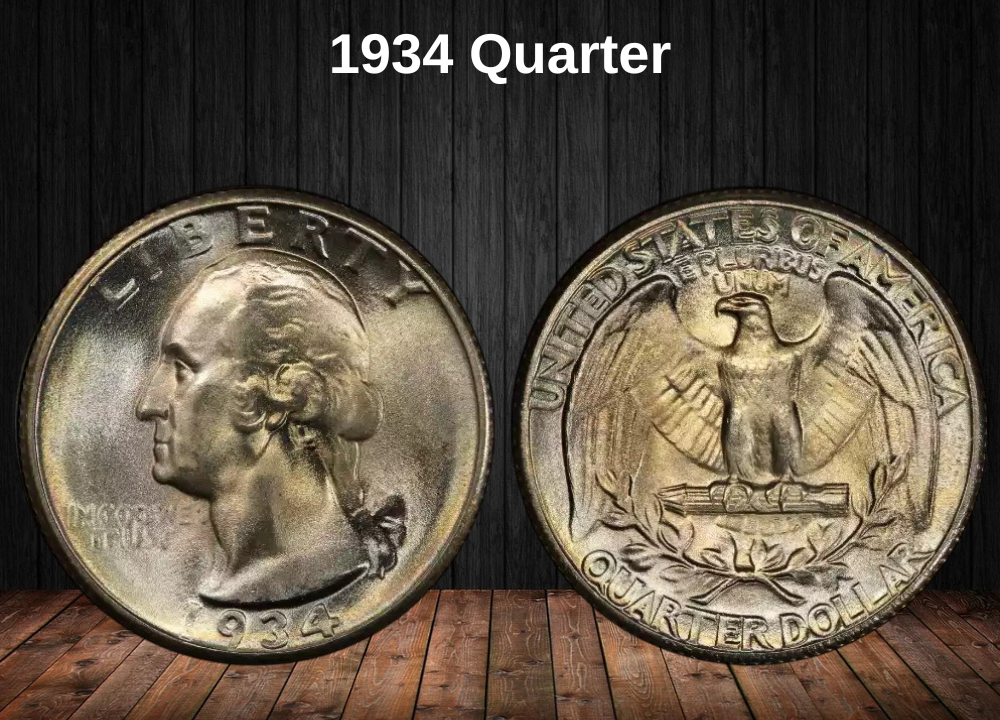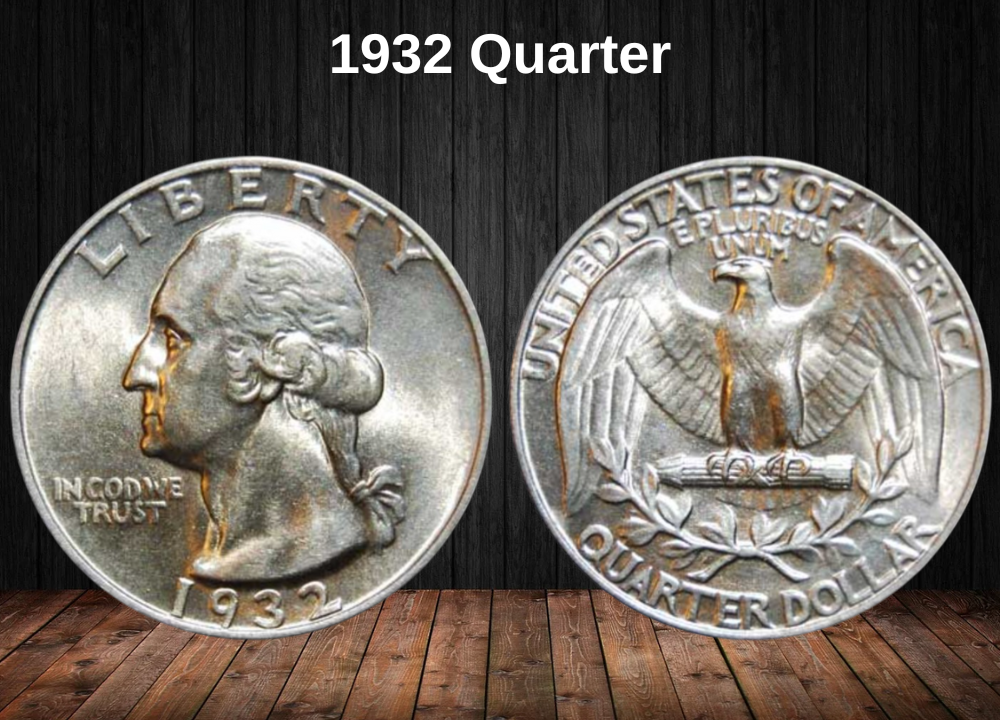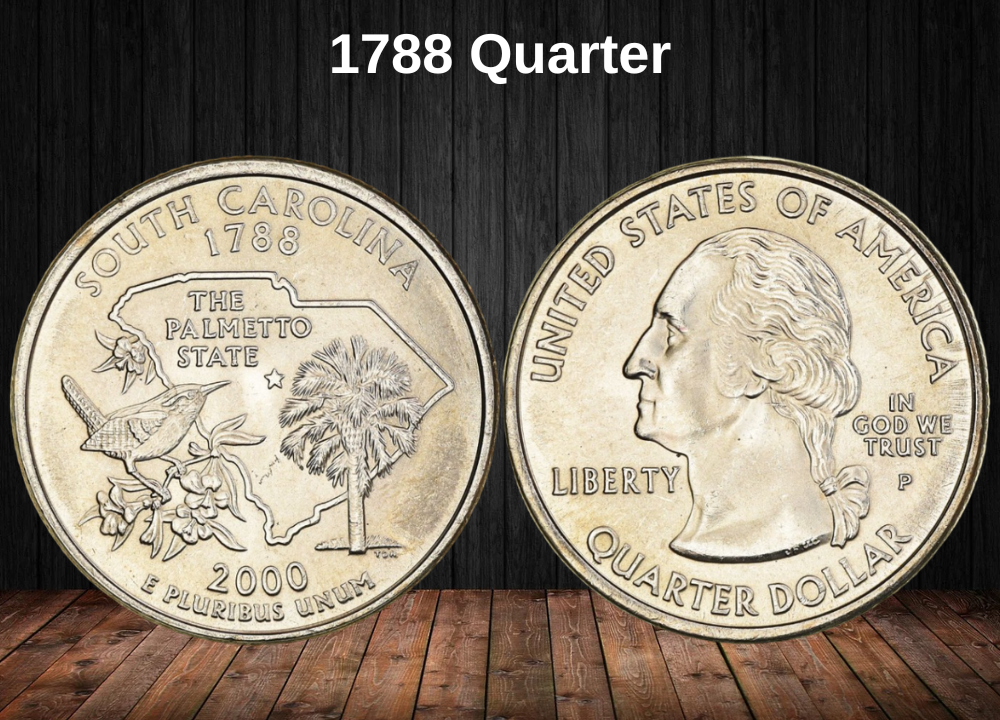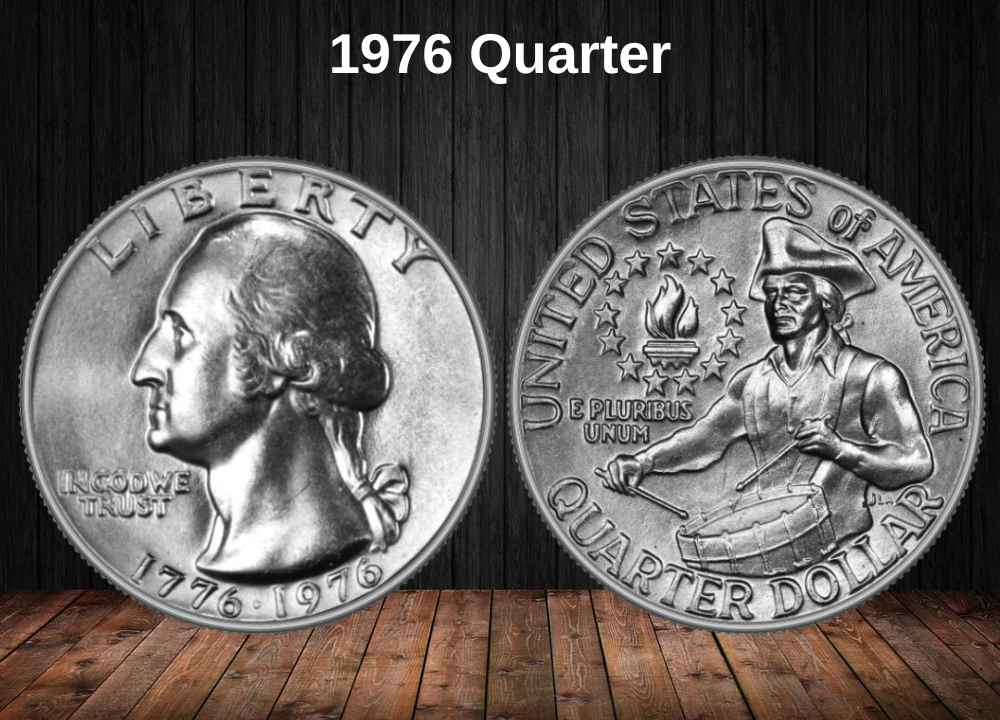The 1963 Washington quarter holds a special place in U.S. coinage history. As the second-to-last silver proof quarter issued before the transition to clad coinage in 1965, it represents the closing chapter of an era that began with the series’ introduction in 1932.
Collectors value these coins not only for their 90% silver content, but also for their historical significance as part of the final generation of silver quarters. Depending on grade and variety, 1963 quarters typically range in value from $5.00 to $34.17, with higher premiums for Proof Cameo (CAM) and Deep Cameo (DCAM) examples.
1963 Quarter Value by Variety
The table below shows approximate values for 1963 quarters across different conditions and varieties. If you know your coin’s grade, you can use this as a quick reference guide.
1963 Quarter Value Chart
| Type | Good (G4) | Fine (F12) | About Uncirculated (AU50) | Mint State (MS60–MS63) | Proof (PR65) |
|---|---|---|---|---|---|
| 1963 No Mint Mark (Philadelphia) | $6.00 | $6.17 | $7.00 | $19.83 | — |
| 1963-D (Denver) | $6.00 | $6.17 | $7.00 | $25.67 | — |
| 1963 Proof | — | — | $5.00 | — | $16.11 |
| 1963 CAM Proof | — | — | — | — | $19.17 |
| 1963 DCAM Proof | — | — | — | — | $34.17 |
History of the 1963 Quarter
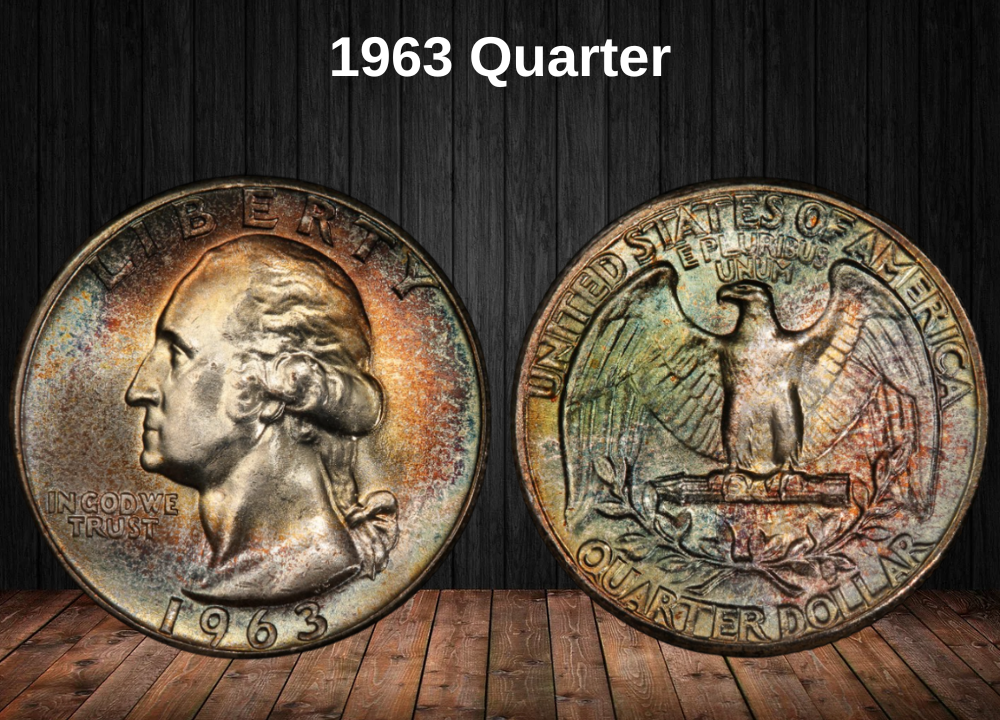
The 1963 Washington quarter belongs to the silver quarter series minted between 1932 and 1964. By the early 1960s, these coins faced an unexpected challenge: widespread hoarding. Because quarters contained 90% silver, people began setting them aside as an inexpensive way to stockpile precious metal, which quickly led to a shortage in circulation.
To address this, the U.S. Mint significantly increased production in 1963, but the effort did little to stop the problem. Ultimately, this shortage was one of the main reasons the Mint introduced the cupronickel-clad quarter in 1965, ending the era of circulating silver coinage.
The Washington quarter series itself began in February 1932, created to mark the bicentennial of George Washington’s birth. The design replaced the Standing Liberty quarter, making Washington the permanent face of the denomination—a major turning point in U.S. coinage history.
Originally, the 1963 quarter was just a 25-cent piece for everyday commerce, but as silver prices surged in the 1960s and 1970s, its melt value rose above face value. Since then, demand for silver Washington quarters—including the 1963 issue—has only increased, ensuring their continued popularity among both bullion investors and numismatic collectors.
Key Features of the 1963 Quarter
The 1963 Washington quarter belongs to the silver quarter series minted between 1932 and 1964. Like the earlier issues, it was struck in a 90% silver / 10% copper alloy, and coins came from both the Philadelphia and Denver mints.
Obverse of the 1963 Quarter
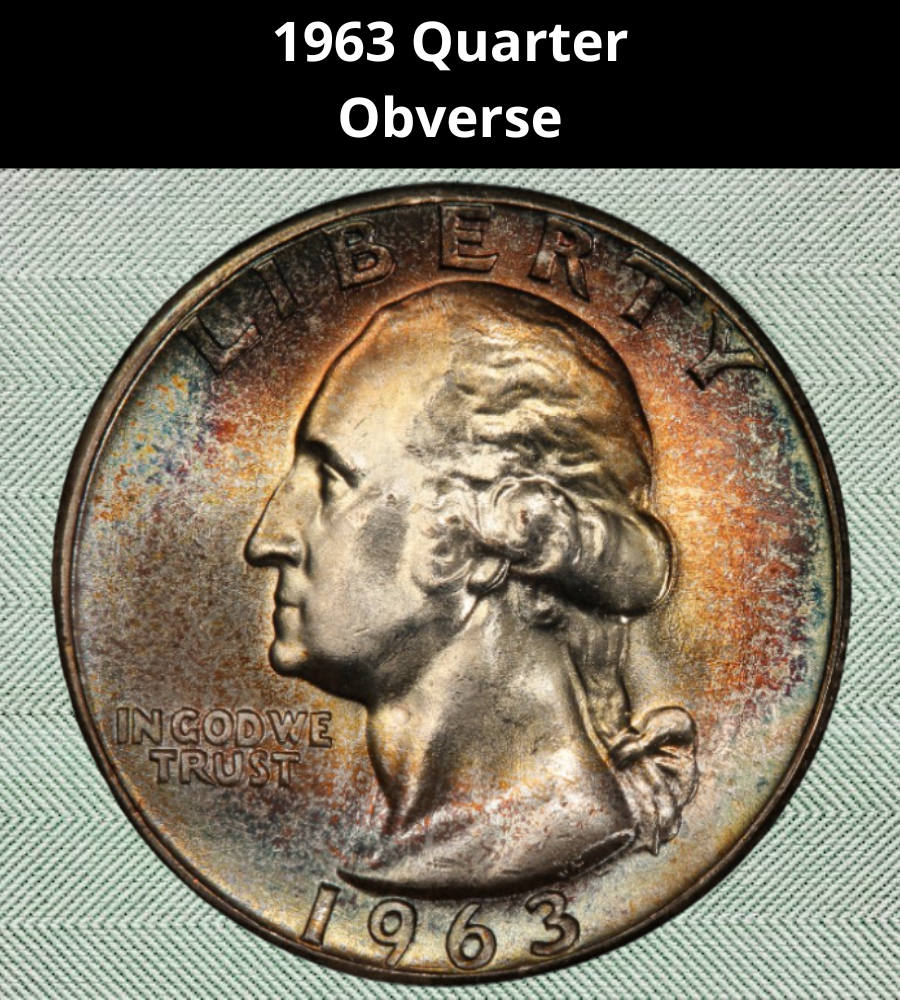
The obverse features a left-facing portrait of George Washington. Along the upper rim is the inscription “LIBERTY”, while the date 1963 anchors the bottom. To the left, just beneath Washington’s chin, appears the motto “IN GOD WE TRUST.”
The simplicity of the design, created by John Flanagan, gives the coin a timeless, dignified appearance.
Reverse of the 1963 Quarter
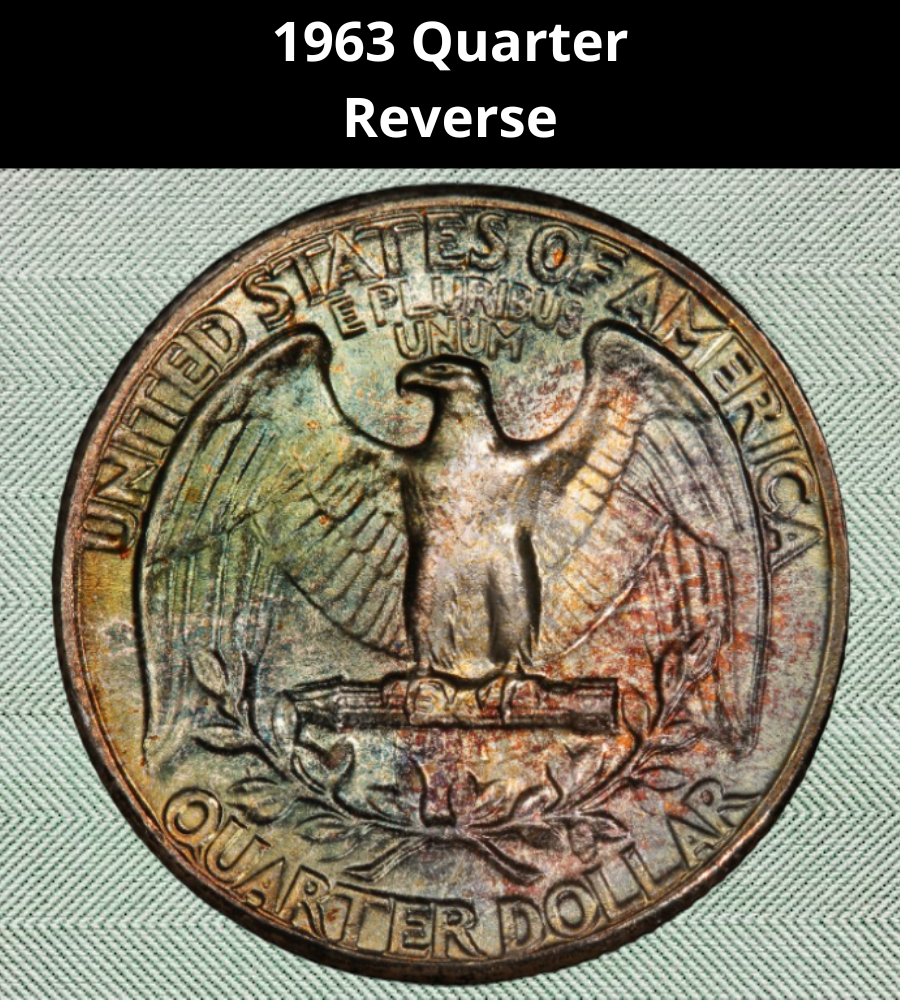
The reverse shows an American bald eagle with wings spread wide. Above the eagle’s head is the motto “E PLURIBUS UNUM.” In its talons, the eagle clutches a bundle of arrows, symbolizing strength, while two olive branches curve below, representing peace.
The inscriptions “UNITED STATES OF AMERICA” and “QUARTER DOLLAR” frame the design at the top and bottom, respectively. On Denver-minted coins, a small “D” mint mark appears just below the wreath.
Other Specifications of the 1963 Quarter
- Composition: 90% silver, 10% copper
- Weight: 6.25 g (0.2009 troy oz)
- Silver Content: 5.62 g (0.1807 troy oz)
- Diameter: 24.3 mm (0.9567 in)
- Thickness: 1.75 mm (0.0689 in)
- Edge: Reeded, with 119 reeds
- Shape: Round
These specifications remained unchanged throughout the silver Washington quarter era. Their substantial silver content gives them both extra weight and a distinctive metallic ring when dropped—traits that immediately set them apart from modern clad quarters.
1963 Quarter Grading Overview
| Grade / Range | Key Diagnostics | Value Impact |
|---|---|---|
| Circulated (G4 – VF20) | Heavy wear, Washington’s cheek and hair above ear worn smooth; eagle’s breast feathers flattened. | Close to silver melt value (~$6–$7). |
| About Uncirculated (AU50 – AU58) | Light friction on cheekbone and eagle’s breast; partial luster may remain. | Slightly higher than melt, modest premiums. |
| Mint State (MS60 – MS63) | No wear, but contact marks visible; luster weaker or broken in spots. | Solid jump in value; entry-level Mint State. |
| Choice Mint State (MS64 – MS65) | Strong cartwheel luster, few marks; clear feather separation on eagle. | Significant premiums, especially MS65. |
| Gem Mint State (MS66 – MS67) | Full luster, sharp strike, minimal flaws; frosty surfaces with bold details. | Scarce and highly collectible, often $1,000+. |
| Proofs (PR, CAM, DCAM) | Mirror-like fields, frosted devices (CAM/DCAM); hair and feathers remain crisp. | Wide value spread: ~$15 for PR65 to $1,800+ for top DCAMs. |
1963 Quarter Value Guides
1963 No Mint Mark Quarter Value
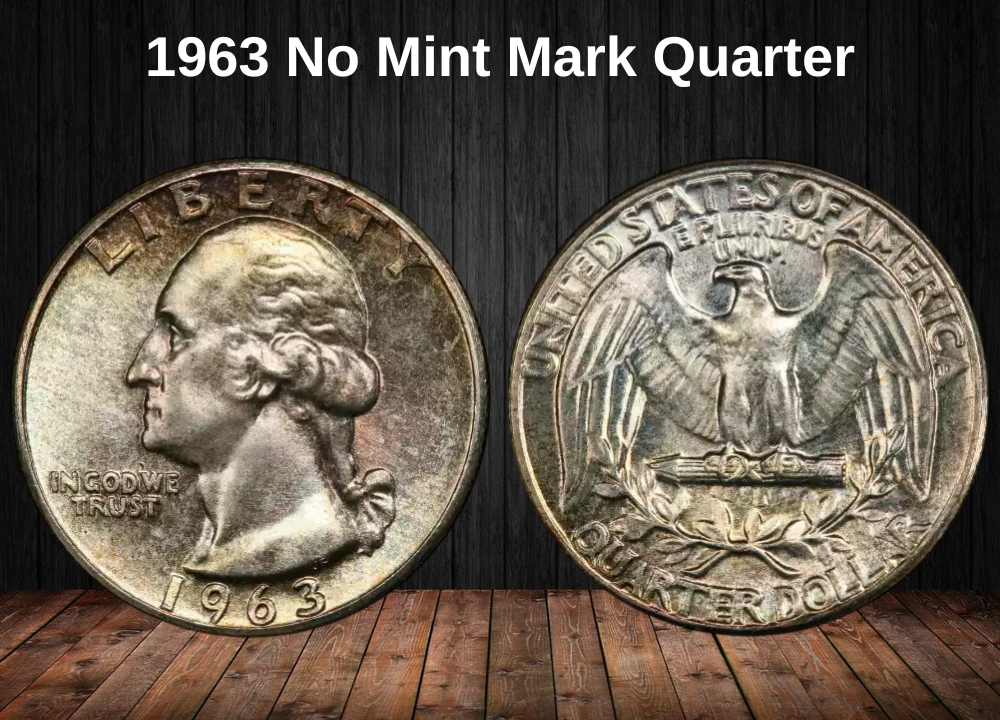
The 1963 Philadelphia Washington quarter stands as one of the last silver quarters produced before the monumental change to clad coinage in 1965. Struck without a mint mark, these coins symbolize the end of America’s 90% silver quarter era, capturing the final years of traditional composition.
More than 74 million pieces were minted in Philadelphia, making them plentiful in circulation at the time. These quarters were everyday money during the height of U.S. postwar prosperity, passing through countless hands in an economy brimming with growth and optimism. Today, their substantial silver content has transformed them into collectible pieces valued far beyond their original 25-cent face value.
1963 No Mint Mark Quarter – Price by Grade
(Sheldon 1–70 scale, based on recent auction data)
| Grade (1–70) | Condition Description | Approx. Value |
|---|---|---|
| G4 – VG8 | Heavily worn, details faint. | $6 – $7 |
| F12 – VF20 | Moderate circulation wear, legends clear. | $7 – $8 |
| EF40 – AU50 | Light wear, hair and feather details remain. | $9 – $12 |
| MS60 – MS62 | Uncirculated, minor contact marks. | $15 – $22 |
| MS63 | Choice Mint State, stronger luster. | $28 – $40 |
| MS64 | Crisp strike, few flaws. | $55 – $75 |
| MS65 | Gem quality, scarce. | $150 – $220 |
| MS66 | Premium grade, tough to locate. | $450 – $700 |
| MS67 | Nearly flawless, extremely rare. | $3,000+ |
1963-D Quarter Value
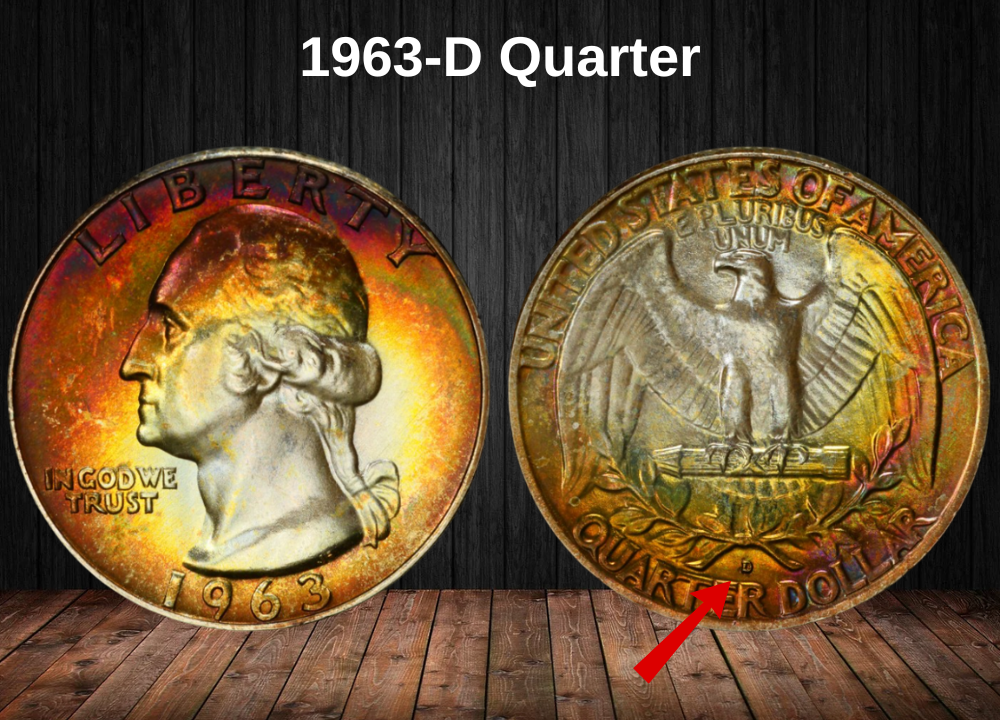
The 1963-D Washington quarter represents the Denver Mint’s massive role in the final year of traditional silver quarter production. With more than 135 million pieces struck, it stands among the largest mintages in the series’ history.
Yet, the 1963-D offers an intriguing paradox: despite its abundance, high-grade examples are surprisingly scarce. The Denver Mint’s accelerated production schedule that year led to quality control issues, including soft strikes, surface flaws, and inconsistent detail. As a result, truly exceptional Mint State coins are difficult to locate.
For collectors, this makes the 1963-D a fascinating study—common in lower grades but genuinely scarce in gem condition, where premiums rise sharply.
1963-D Quarter – Price by Grade
(Sheldon 1–70 scale, based on latest auction records)
| Grade (1–70) | Condition Description | Approx. Value |
|---|---|---|
| G4 – VG8 | Well-worn, heavy circulation. | $6 – $7 |
| F12 – VF20 | Moderate wear, design still clear. | $7 – $8 |
| EF40 – AU50 | Light wear, decent detail on hair and feathers. | $9 – $12 |
| MS60 – MS62 | Uncirculated but with noticeable marks. | $15 – $25 |
| MS63 | Choice Mint State, luster present. | $30 – $45 |
| MS64 | Attractive strike, minimal imperfections. | $55 – $80 |
| MS65 | Gem quality, scarce in this issue. | $160 – $220 |
| MS66 | High-end strike, rare. | $500 – $750 |
| MS67 | Nearly flawless, extremely rare. | $3,200+ |
1963 Proof Quarter Value
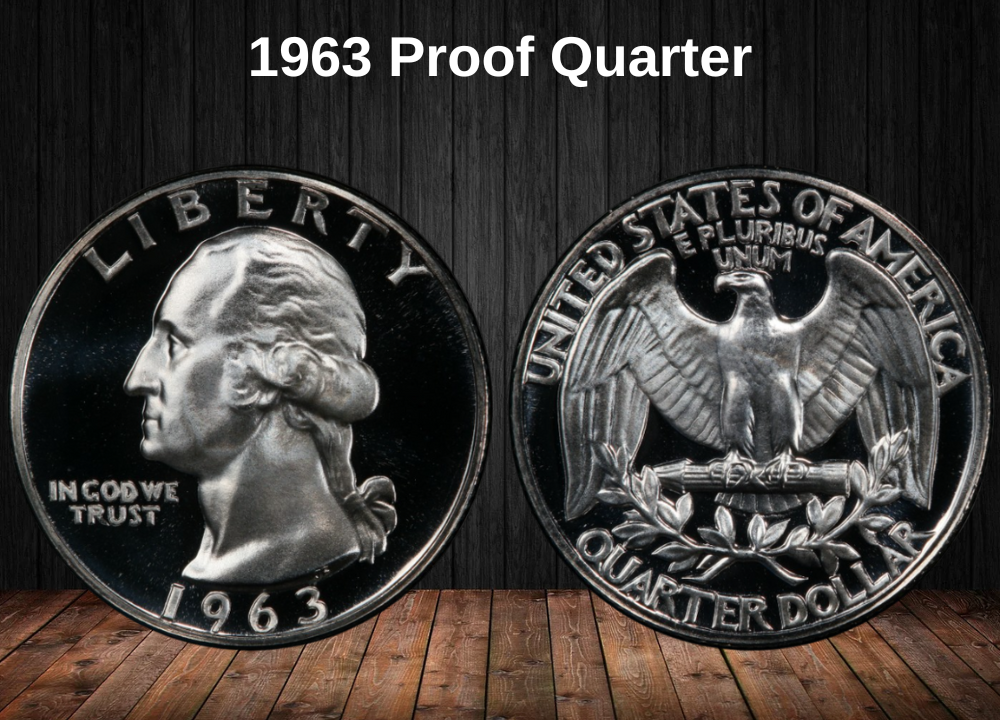
The 1963 Proof Washington quarter marks the high point of final-year silver proof production, highlighting the Philadelphia Mint’s technical expertise during the last full year of 90% silver coinage. Struck with mirror-like fields and razor-sharp detail, these proofs reveal every nuance of John Flanagan’s Washington design.
With a mintage of just over 3 million pieces, the 1963 proof quarter stands as one of the more common proof issues of the series. This makes them relatively accessible to collectors, while still retaining the premium qualities that define proof-struck coins.
Beyond their technical beauty, these proofs carry strong historical significance. They represent the last silver proof quarters before the composition change in 1965, making them an essential addition to both type sets and complete Washington quarter collections.
1963 Proof Quarter – Price by Grade
(Sheldon 1–70 scale, based on recent auction records)
| Grade (1–70) | Condition Description | Approx. Value |
|---|---|---|
| PR60 – PR62 | Average proof, noticeable marks or haze. | $6 – $9 |
| PR63 | Typical proof, reflective with light flaws. | $12 – $15 |
| PR64 | Above-average surfaces, better clarity. | $18 – $22 |
| PR65 | Gem Proof, sharp mirrors, clean fields. | $25 – $35 |
| PR66 | Premium proof, high-quality surfaces. | $45 – $65 |
| PR67 | Scarce grade, strong visual appeal. | $100 – $160 |
| PR68 | Nearly perfect proof, very rare. | $300 – $500 |
1963 CAM Quarter Value
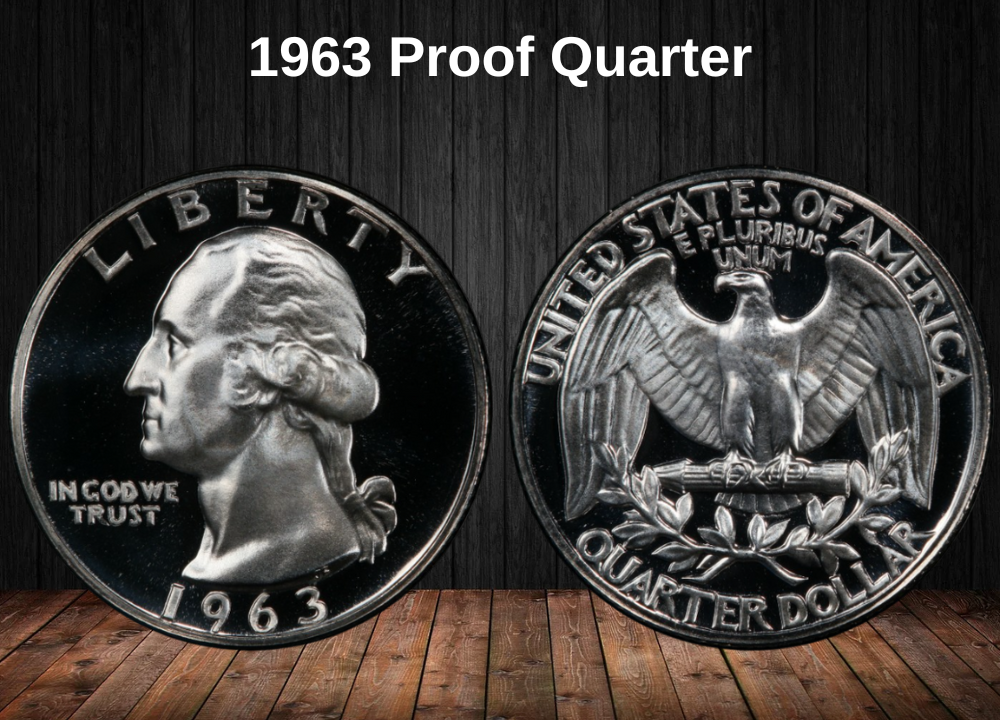
The 1963 Cameo Proof Washington quarter is especially admired for its striking contrast—frosted lettering and devices set against deeply mirrored fields. This distinctive finish elevates it above standard proofs, offering superior eye appeal and collectible desirability.
Unlike later years where cameo contrast became more consistent, the 1963 issue shows far fewer strong Cameo strikes, making certified examples noticeably scarcer than the overall proof mintage might suggest.
Adding to their importance, these coins stand as the last traditional silver proof quarters to display this dramatic contrast before the U.S. Mint shifted away from silver in 1965. For many collectors, the 1963 CAM embodies both technical beauty and historical significance.
1963 CAM Proof Quarter – Price by Grade
(Sheldon 1–70 scale, based on recent auction records)
| Grade (1–70) | Condition Description | Approx. Value |
|---|---|---|
| PR64 CAM | Cameo contrast present, minor marks. | $15 – $22 |
| PR65 CAM | Gem Cameo, frosted devices with strong mirrors. | $30 – $45 |
| PR66 CAM | High-quality cameo, increasingly scarce. | $60 – $90 |
| PR67 CAM | Premium cameo, sharp contrast. | $120 – $180 |
| PR68 CAM | Exceptional contrast, rare in this grade. | $300 – $450 |
1963 DCAM Quarter Value
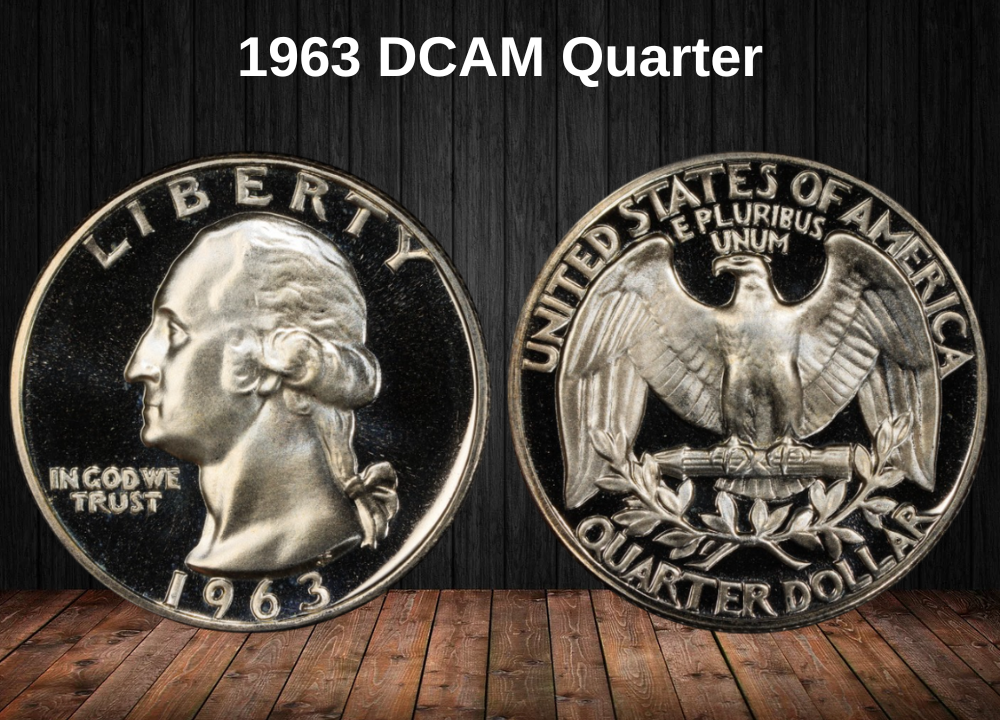
The 1963 Deep Cameo (DCAM) Proof Washington quarter represents the pinnacle of final-year silver proof coinage. These coins display the most dramatic form of contrast, with heavily frosted devices standing in sharp relief against jet-black mirrored fields.
This intense black-and-white effect was only achieved under optimal die preparation and striking conditions, making each DCAM example a testament to the Philadelphia Mint’s technical precision in 1963. Washington’s profile and the eagle on the reverse almost appear three-dimensional, giving these coins unmatched eye appeal.
The DCAM designation elevates a common proof into a premium collectible, prized by advanced collectors seeking the very finest surfaces and contrast in their silver Washington quarter sets.
1963 DCAM Proof Quarter – Price by Grade
(Sheldon 1–70 scale, based on latest auction records)
| Grade (1–70) | Condition Description | Approx. Value |
|---|---|---|
| PR64 DCAM | Strong cameo contrast, minor imperfections. | $30 – $45 |
| PR65 DCAM | Gem Deep Cameo, sharp frost with mirrored fields. | $60 – $90 |
| PR66 DCAM | High-quality example, scarce. | $120 – $180 |
| PR67 DCAM | Premium grade, rare. | $250 – $400 |
| PR68 DCAM | Exceptional contrast, nearly flawless. | $600 – $900+ |
Rare 1963 Quarter Error List
1. 1963 DDO (FS-101 and FS-103) Errors
The 1963 Doubled Die Obverse (DDO) varieties are among the most collectible errors from this year. They display distinct doubling in Washington’s portrait and inscriptions, with the FS-101 variety showing particularly bold doubling in the date numerals and the word “LIBERTY.”
These errors were created when the working die was impressed more than once by the master hub, each time slightly misaligned. As a result, clear separation lines form on key design elements.
Collectors especially prize examples where the doubling is visible without magnification, as these stand out dramatically. Because of their desirability, proper authentication is essential—genuine examples command significant premiums over standard 1963 quarters, particularly in higher grades.
1963 DDO Quarter – Price by Grade
(Sheldon 1–70 scale, based on recent auction records)
| Grade (1–70) | Condition Description | Approx. Value |
|---|---|---|
| G4 – VG8 | Heavy wear, doubling faint but detectable. | $15 – $25 |
| F12 – VF20 | Moderate wear, doubling still clear. | $35 – $55 |
| EF40 – AU50 | Light wear, strong doubling on date and LIBERTY. | $75 – $140 |
| MS60 – MS62 | Uncirculated, some marks, doubling sharp. | $200 – $325 |
| MS63 | Choice Mint State, better luster. | $375 – $500 |
| MS64 | Strong strike, bold doubling. | $600 – $850 |
| MS65 | Gem Mint State, scarce with clear separation. | $1,200 – $1,600 |
| MS66 | Premium gem, extremely rare. | $2,500+ |
2. 1963 DDO & DDR FS-102 Errors
The 1963 DDO & DDR FS-102 quarter is one of the most remarkable error varieties of the Washington series, as it features doubling on both the obverse and the reverse of the coin.
On the obverse, collectors can see clear doubling in Washington’s portrait and surrounding inscriptions. On the reverse, doubling is visible in the eagle and portions of the lettering. This rare combination occurred when both dies used to strike the coin carried doubled impressions, creating an error seldom seen in U.S. coinage.
Because only a handful of confirmed specimens are known, this variety is considered one of the most valuable 1963 quarter errors. Professional authentication and certification are absolutely necessary, as its extreme rarity makes it a prime target for counterfeits.
1963 DDO & DDR FS-102 Quarter – Price by Grade
(Sheldon 1–70 scale, based on recent auction records)
| Grade (1–70) | Condition Description | Approx. Value |
|---|---|---|
| G4 – VG8 | Well-worn, doubling faint but detectable. | $150 – $250 |
| F12 – VF20 | Moderate wear, doubling still visible. | $350 – $600 |
| EF40 – AU50 | Light wear, strong doubling on both sides. | $800 – $1,200 |
| MS60 – MS62 | Uncirculated, some marks, doubling sharp. | $1,800 – $2,500 |
| MS63 | Choice Mint State, better luster. | $3,000 – $4,500 |
| MS64 | Bold strike, clear doubling both sides. | $5,000 – $7,500 |
| MS65 | Gem Mint State, very rare. | $9,000 – $12,000 |
| MS66 | Premium gem, virtually unobtainable. | $15,000+ |
3. 1963 DDR FS-801 Errors
The 1963 Doubled Die Reverse (DDR) FS-801 is one of the most eye-catching reverse error varieties of the year. It displays dramatic doubling in the eagle’s design and surrounding inscriptions, most notably in “UNITED STATES OF AMERICA” and “QUARTER DOLLAR.”
The eagle’s wing feathers often show the most pronounced doubling, giving the coin a distinctive appearance that is relatively easy for experienced collectors to identify. While the strength of the doubling can vary from piece to piece, coins with bold, clearly visible doubling are the most desirable.
As one of the more dramatic reverse errors of 1963, the FS-801 commands strong premiums in the marketplace, especially in higher Mint State grades where the doubling details remain crisp and unmistakable.
1963 DDR FS-801 Quarter – Price by Grade
(Sheldon 1–70 scale, based on recent auction data)
| Grade (1–70) | Condition Description | Approx. Value |
|---|---|---|
| G4 – VG8 | Heavily circulated, doubling faint. | $20 – $35 |
| F12 – VF20 | Moderate wear, doubling visible. | $50 – $90 |
| EF40 – AU50 | Light wear, strong reverse doubling. | $120 – $200 |
| MS60 – MS62 | Mint State with marks, doubling clear. | $300 – $450 |
| MS63 | Choice Mint State, good luster. | $550 – $750 |
| MS64 | Sharper strike, bold doubling. | $850 – $1,200 |
| MS65 | Gem Mint State, scarce. | $1,800 – $2,500 |
| MS66 | Premium quality, rare. | $4,000+ |
4. 1963-D DDO FS-101 Errors
The 1963-D Doubled Die Obverse (DDO) FS-101 combines the rarity of a Denver Mint issue with the added desirability of a major die variety. The doubling is most noticeable in Washington’s portrait and the obverse inscriptions, echoing the Philadelphia DDO but with subtle differences unique to Denver’s die preparation process.
This variety is especially sought after because 1963-D quarters are already scarce in higher Mint State grades due to Denver’s production quality issues. When the doubled die factor is added, it creates a premium coin that collectors compete for enthusiastically.
The small “D” mint mark beneath the eagle on the reverse confirms its Denver origin and makes this error one of the more distinctive varieties of the year.
1963-D DDO FS-101 Quarter – Price by Grade
(Sheldon 1–70 scale, based on recent auction records)
| Grade (1–70) | Condition Description | Approx. Value |
|---|---|---|
| G4 – VG8 | Heavily circulated, doubling faint. | $25 – $40 |
| F12 – VF20 | Moderate wear, inscriptions doubled. | $60 – $100 |
| EF40 – AU50 | Light wear, strong doubling visible. | $150 – $250 |
| MS60 – MS62 | Mint State with contact marks. | $300 – $450 |
| MS63 | Choice Mint State, luster intact. | $500 – $750 |
| MS64 | Strong strike, doubling bold. | $850 – $1,200 |
| MS65 | Gem Mint State, scarce. | $1,800 – $2,400 |
| MS66 | Premium gem, extremely rare. | $4,000+ |
5. 1963 DDR FS-802 Errors

The 1963 Doubled Die Reverse (DDR) FS-802 Cameo Proof represents a remarkable blend of error rarity, proof striking, and premium cameo contrast. These coins display the same reverse doubling seen in the standard FS-802 variety but are further enhanced by the Cameo designation, where frosted devices stand out boldly against deeply mirrored fields.
This added contrast makes the doubling even more dramatic and visually striking, giving the coin exceptional eye appeal. Because both the error variety and the Cameo finish are scarce on their own, their combination in 1963 proofs makes these pieces among the most desirable Washington quarters of the year.
With the overall limited proof mintage of 1963 and the rarity of doubled die proofs, the FS-802 Cameo is an extremely rare find. Its proof quality surfaces and unmistakable doubling ensure strong demand from both variety specialists and proof collectors alike.
1963 DDR FS-802 Quarter – Price by Grade
(Sheldon 1–70 scale, based on recent auction records)
| Grade (1–70) | Condition Description | Approx. Value |
|---|---|---|
| PR64 CAM | Light marks, doubling visible with frosted contrast. | $400 – $600 |
| PR65 CAM | Gem Proof Cameo, sharp mirrors and clear doubling. | $750 – $1,100 |
| PR66 CAM | High-end cameo surfaces, scarce. | $1,500 – $2,200 |
| PR67 CAM | Premium Cameo, exceptional eye appeal. | $3,500 – $5,000 |
| PR68 CAM | Nearly flawless, ultra-rare combination. | $7,500+ |
Where to Sell Your Quarter Coin?
Now that you know the value of your quarter, the next step is deciding where to sell it. There are several trusted options—both online and in person—that can help you get the best price depending on your coin’s rarity and condition.
To see the full list of recommended places, along with their advantages and disadvantages, check our complete guide on where to sell your quarter coins.
FAQ: 1963 Washington Quarter (90% Silver)
1) What are the key specifications?
- Composition: 90% silver, 10% copper
- Weight: 6.25 g (0.2000 troy oz); ASW: 0.1808 troy oz
- Diameter: 24.3 mm; Edge: Reeded
2) Where was it minted, and how many?
- Philadelphia (no mintmark): 74,316,000
- Denver (“D” mintmark): 135,288,184
- Proofs (Philadelphia only): 3,075,645
3) Are 1963 quarters rare?
Circulated examples are common, as nearly 213 million were struck.
Rarity emerges in:
- MS-67 or better business strikes
- Proof Cameo and Deep Cameo coins
- Cherrypicker varieties like Type B reverse and Denver RPMs.
4) What varieties and errors are worth looking for?
- 1963 Type B Reverse (Philadelphia): Business strike struck with proof reverse die; sharper lettering and leaf detail.
- 1963-D RPMs: Repunched mintmarks exist in several directions (D/D north, east, west).
- Minor doubled dies: Known, but not as prominent as other years.
- Mint errors: Off-center strikes, clipped planchets, struck-through errors.
5) What is the value of a 1963 quarter?
- Silver melt baseline: ~$4–5 (depends on silver spot).
- Circulated: $6–10.
- MS-65: $20–35.
- MS-67: $350–600+.
- Proof PR-65: $20–30.
- Proof PR-68 DCAM: $1,500–2,500+.
6) How do you distinguish a Proof from a business strike?
- Proofs (Philadelphia only) show mirrored fields, squared rims, and often frosted devices.
- Business strikes have standard mint luster and less edge definition.
- The Type B Reverse is the big “trap”—looks prooflike but is a business strike variety.
7) Why do collectors value the 1963 issue?
- It’s part of the pre-1965 90% silver series, which is always in demand.
- High-grade coins are tougher than raw mintages suggest.
- Proofs with DCAM contrast are conditionally scarce.
- The Type B Reverse and RPMs add depth for specialists.

